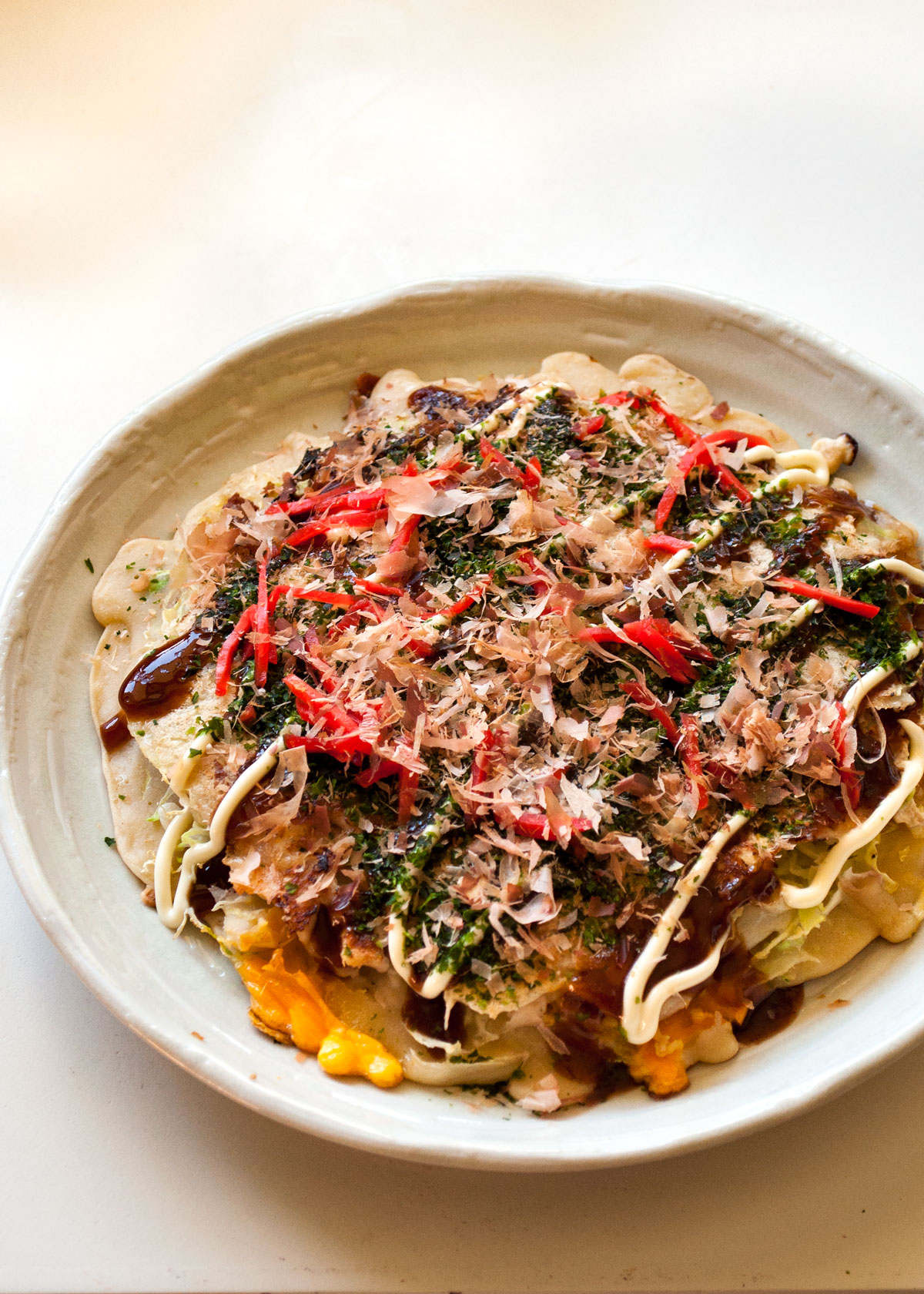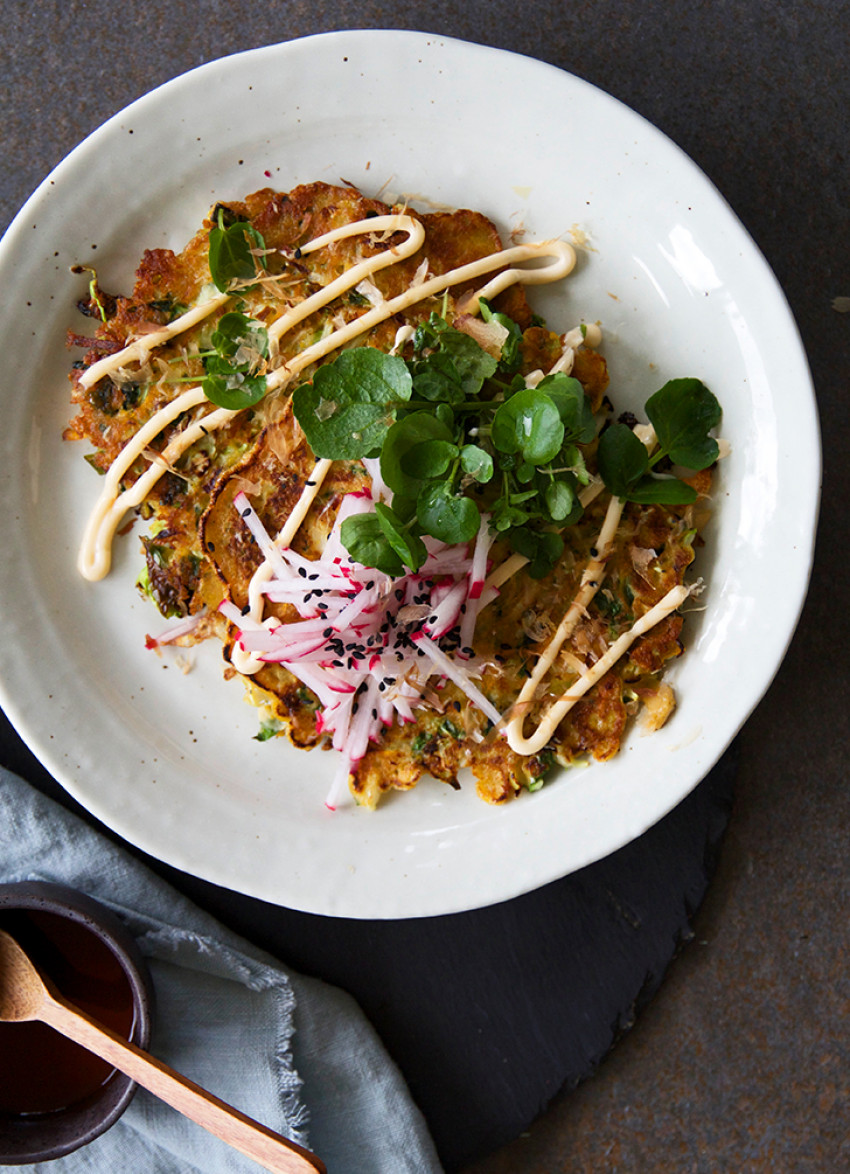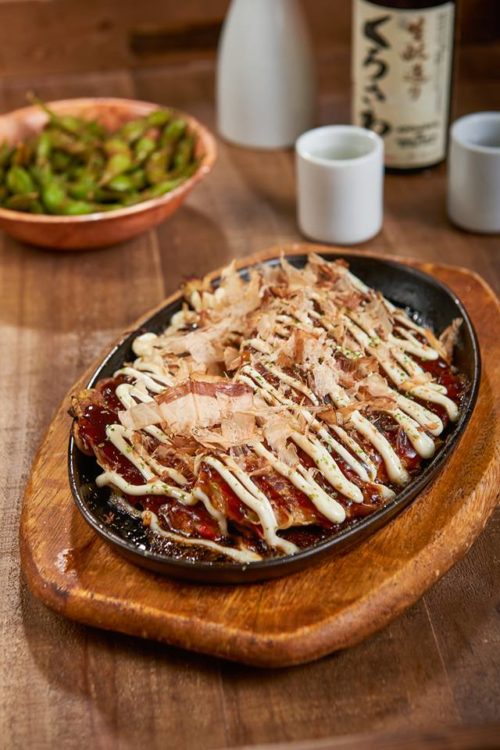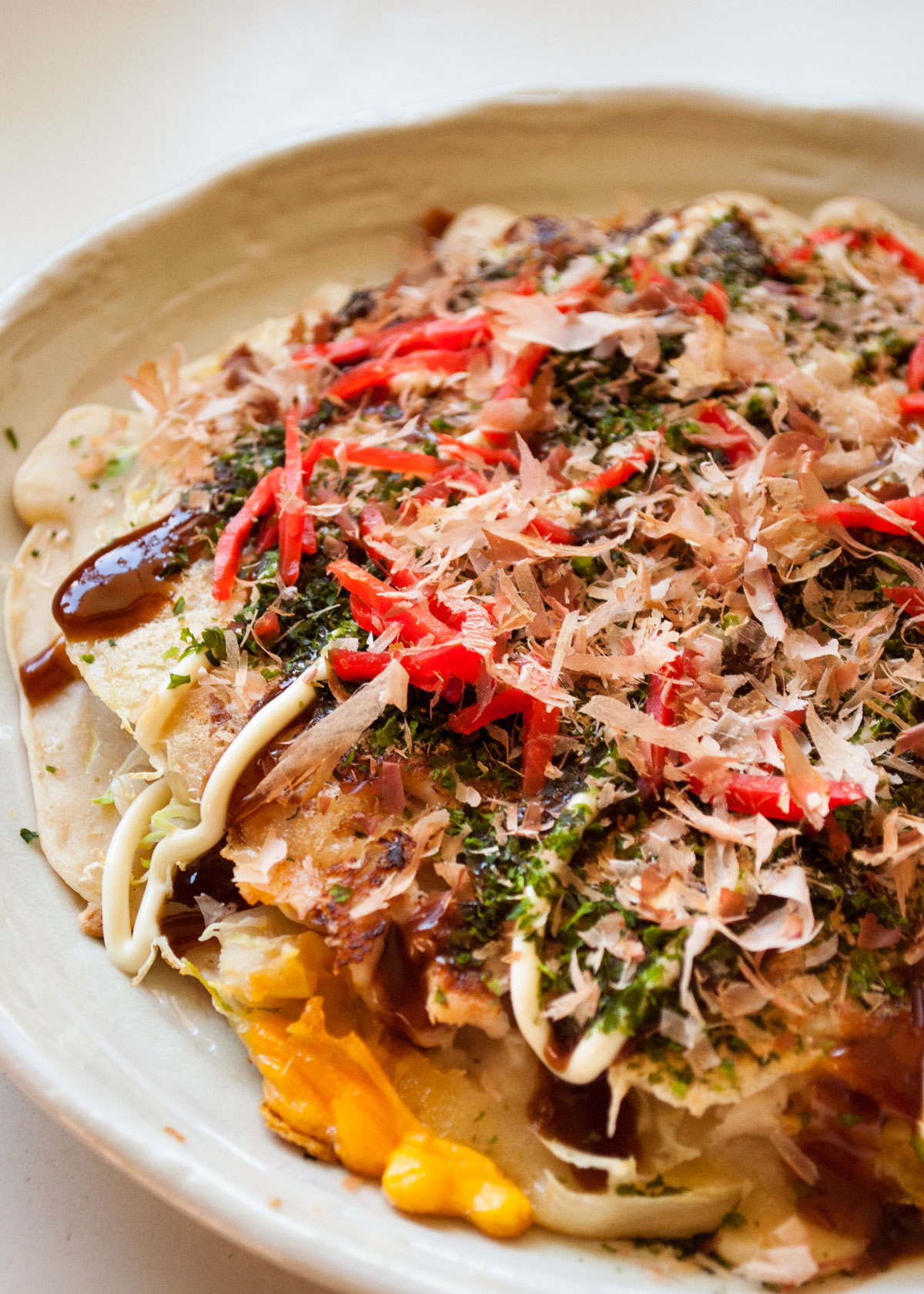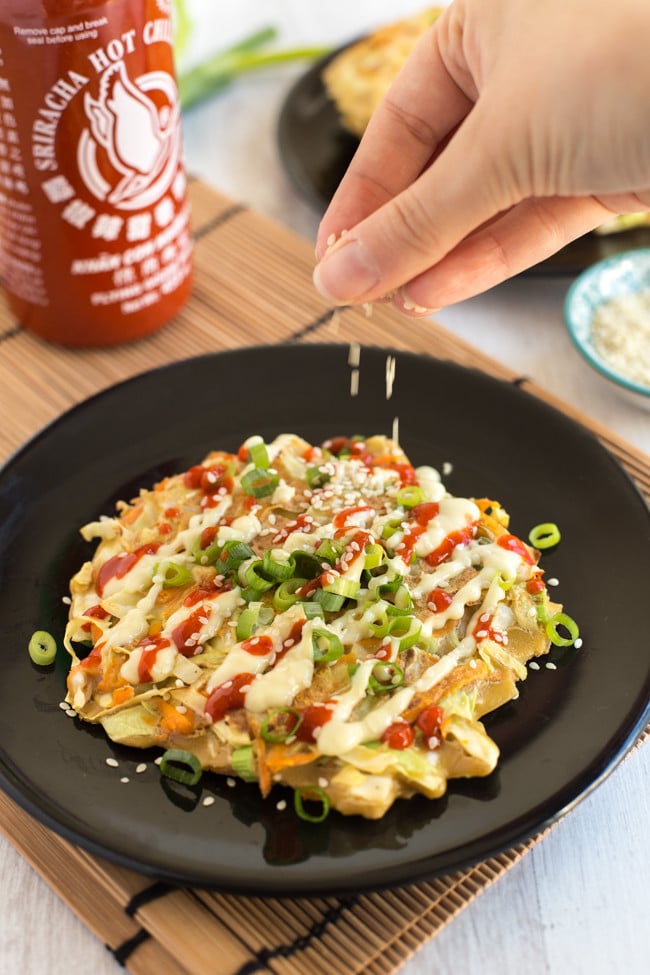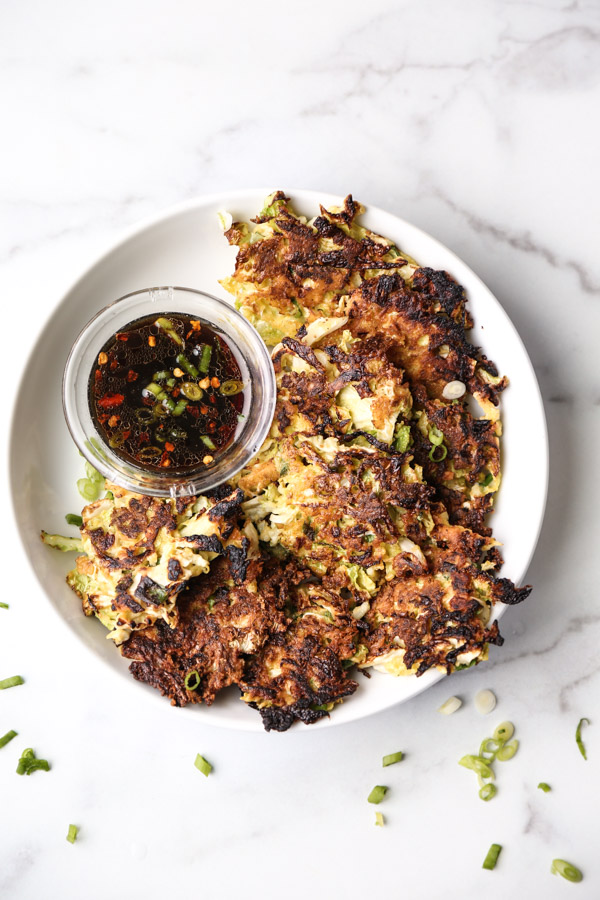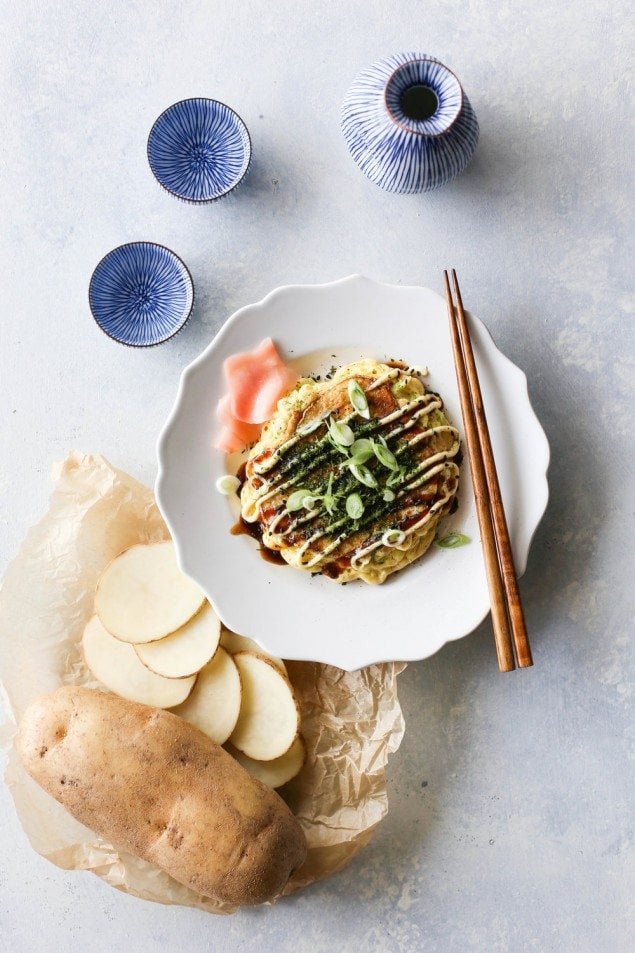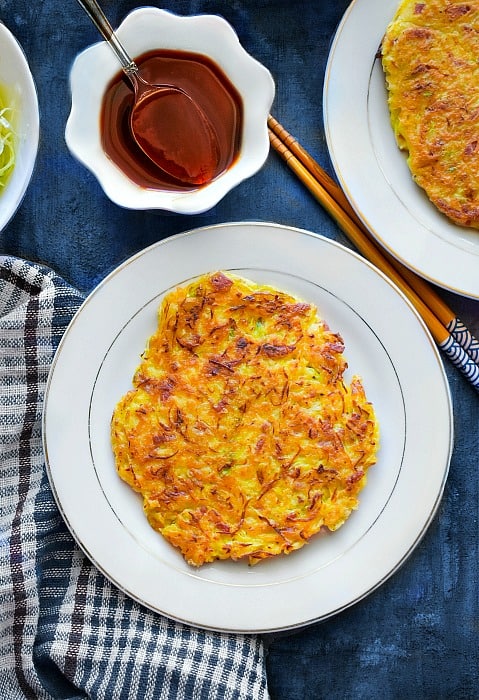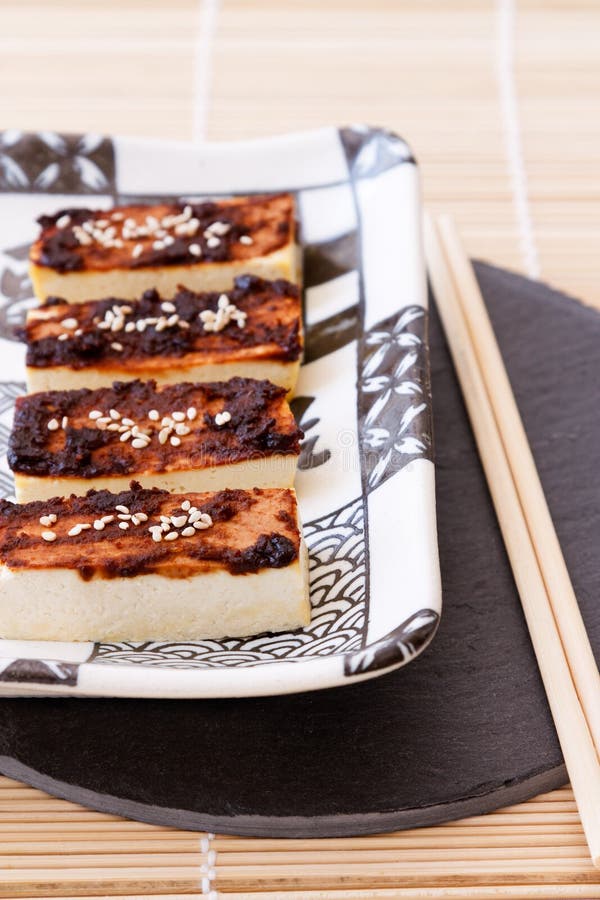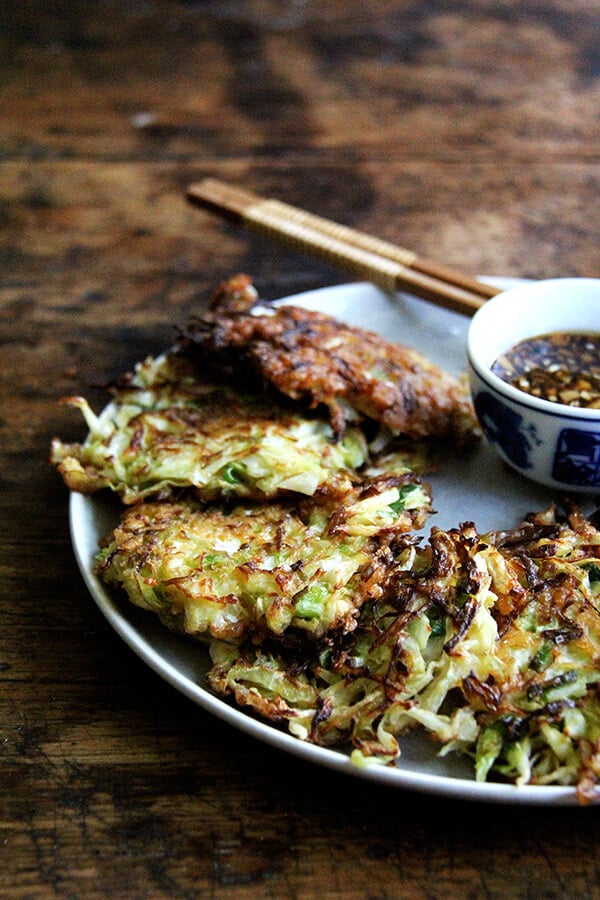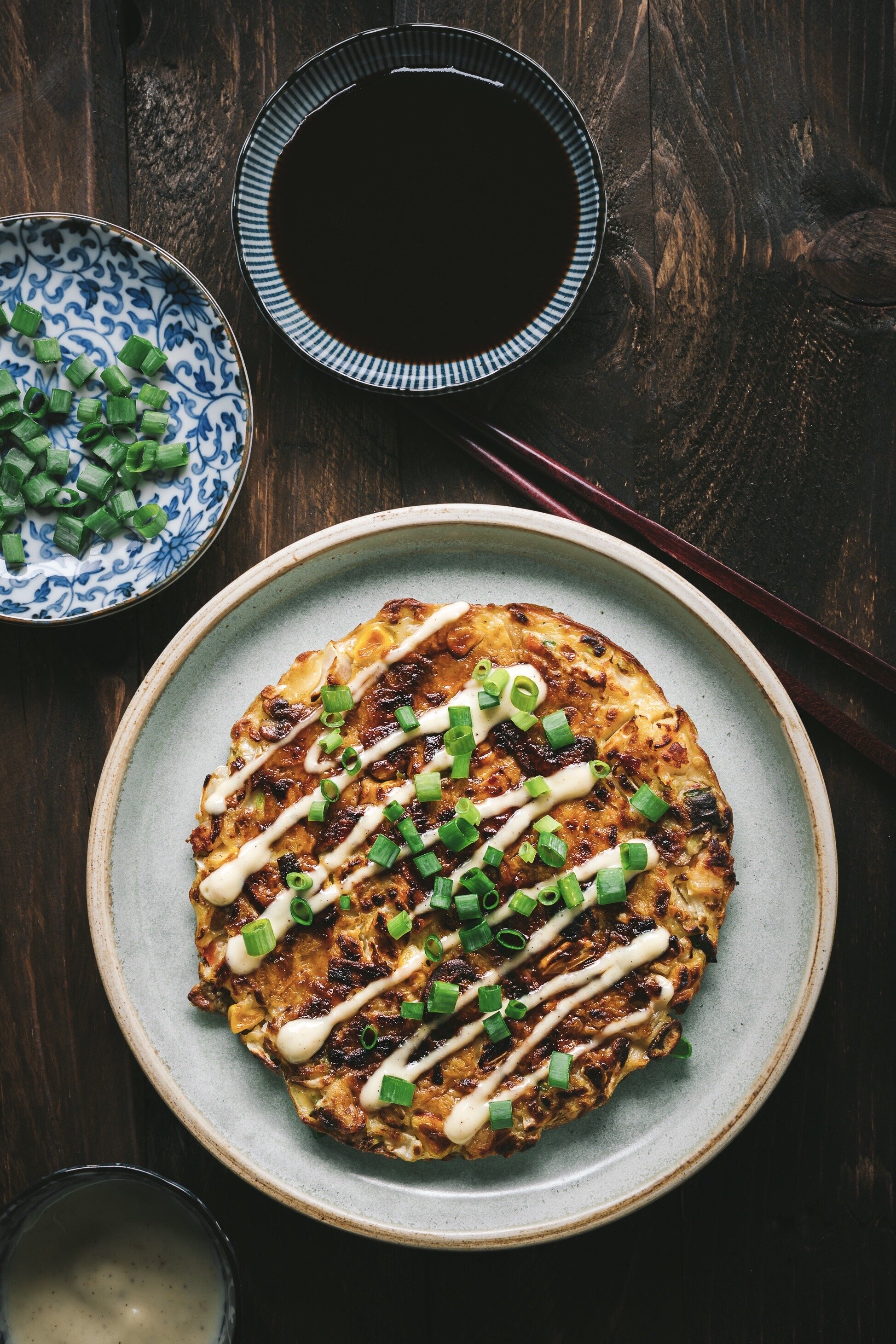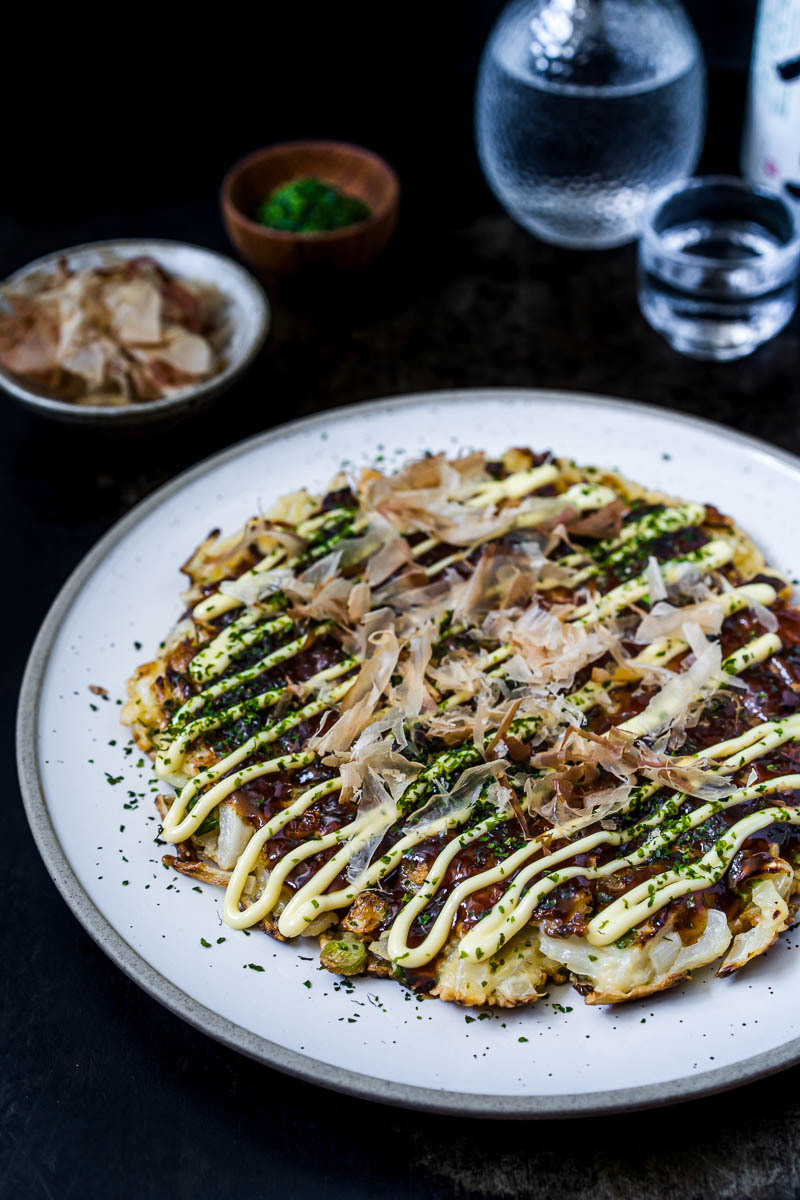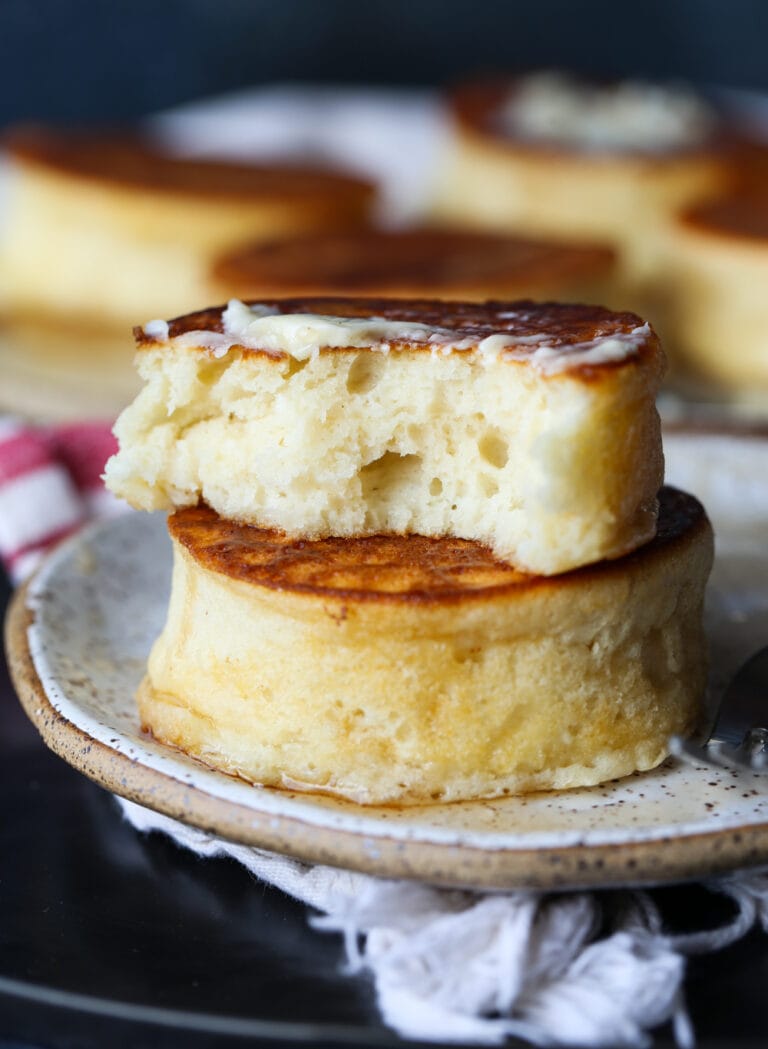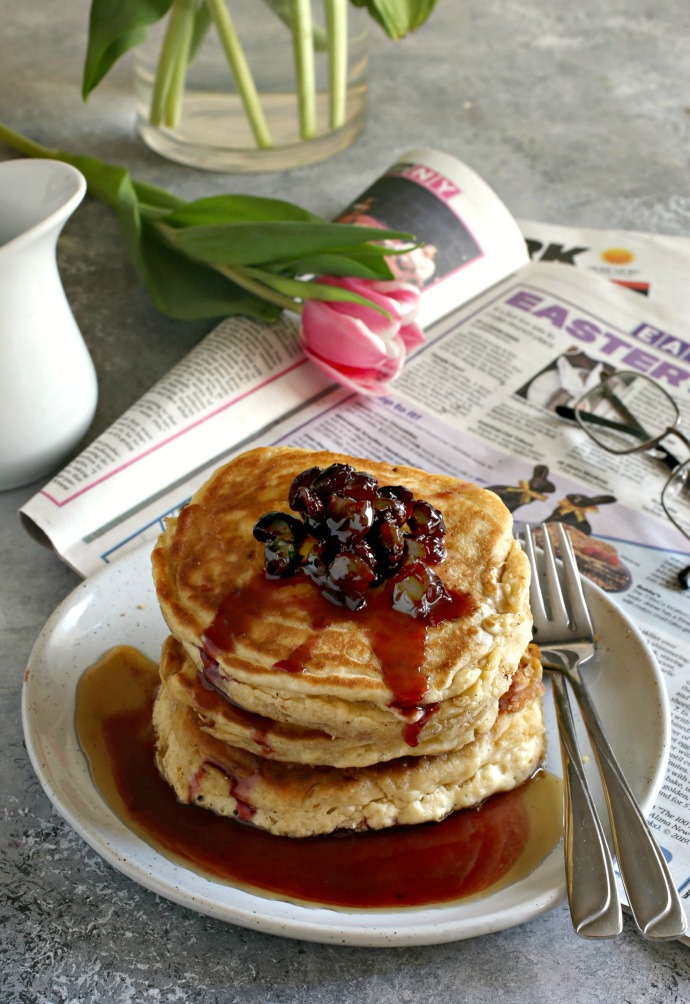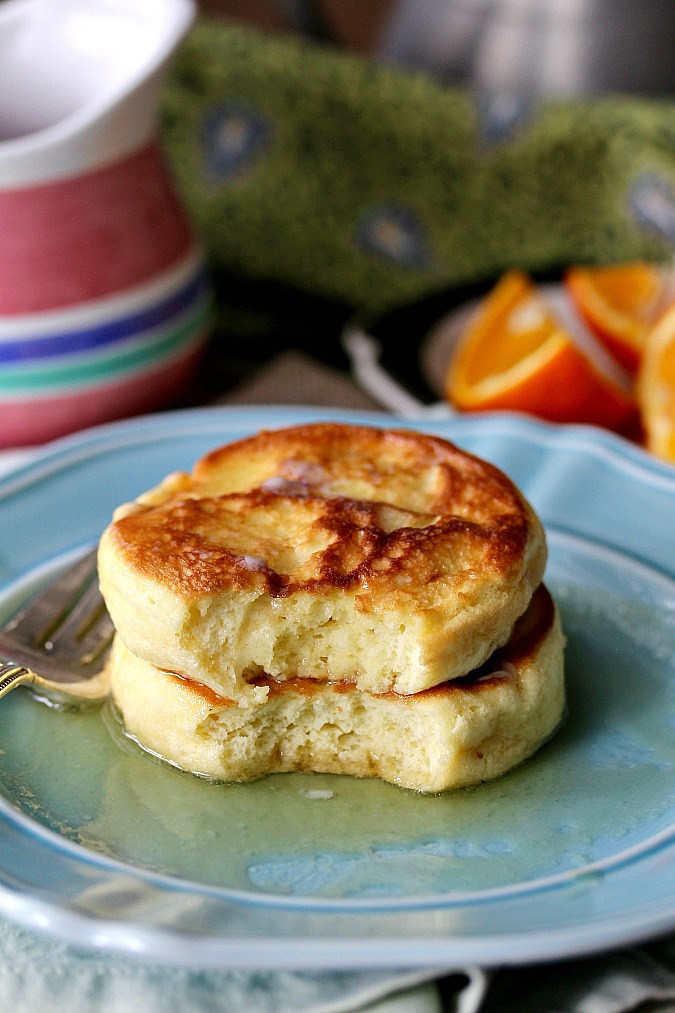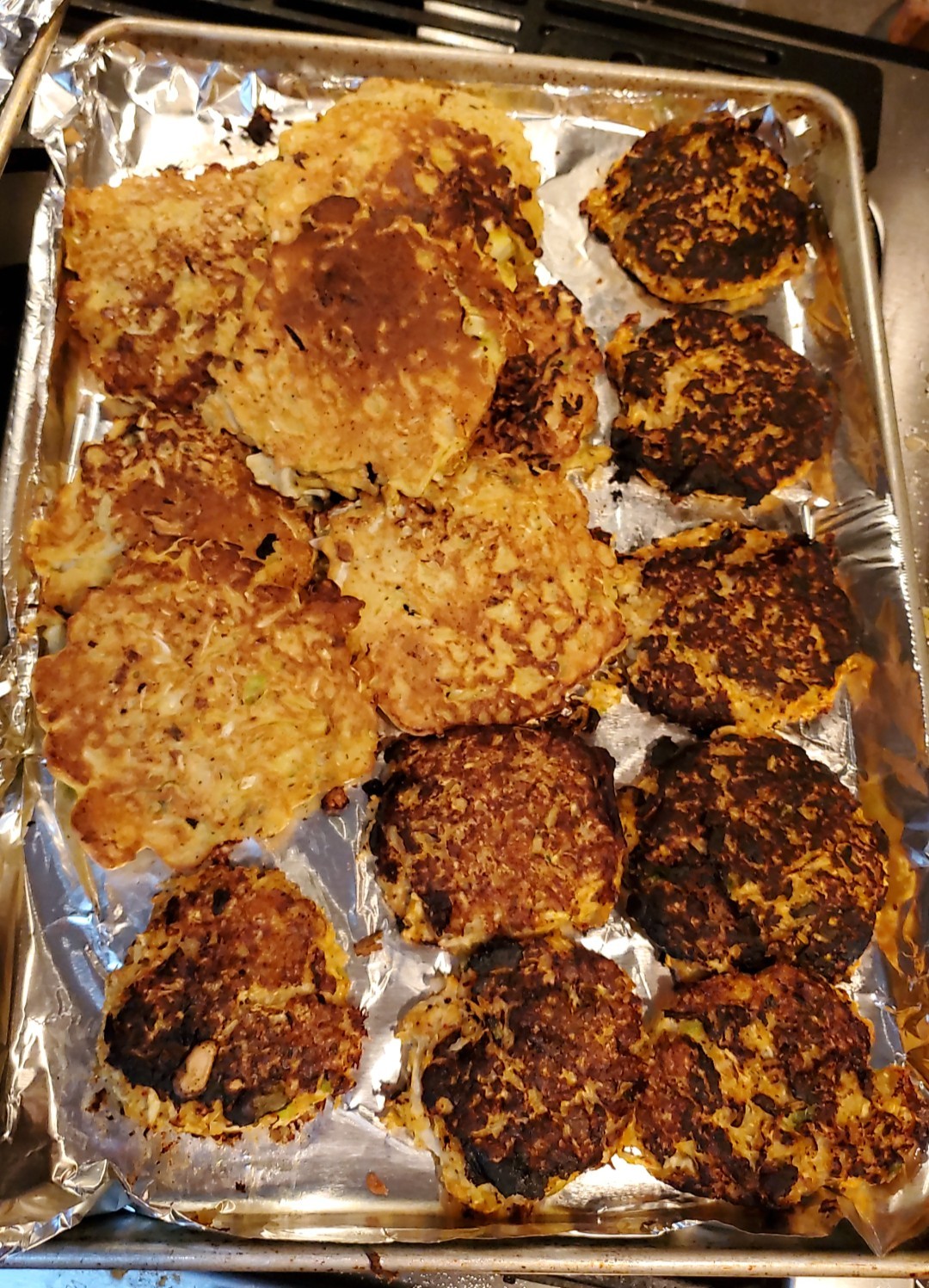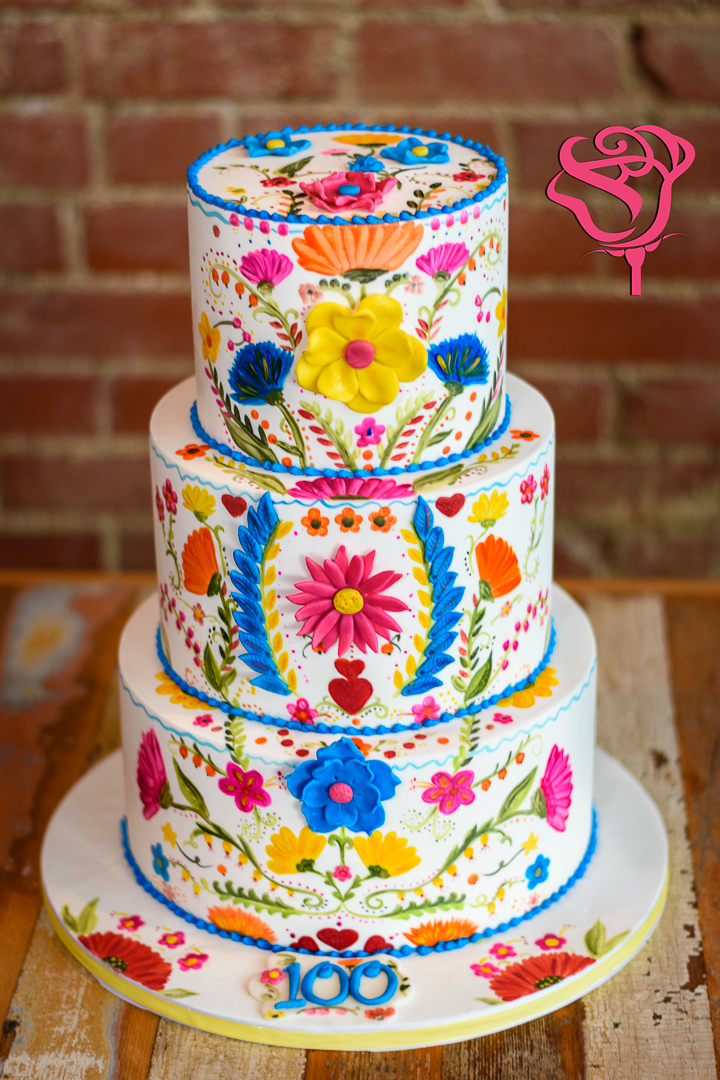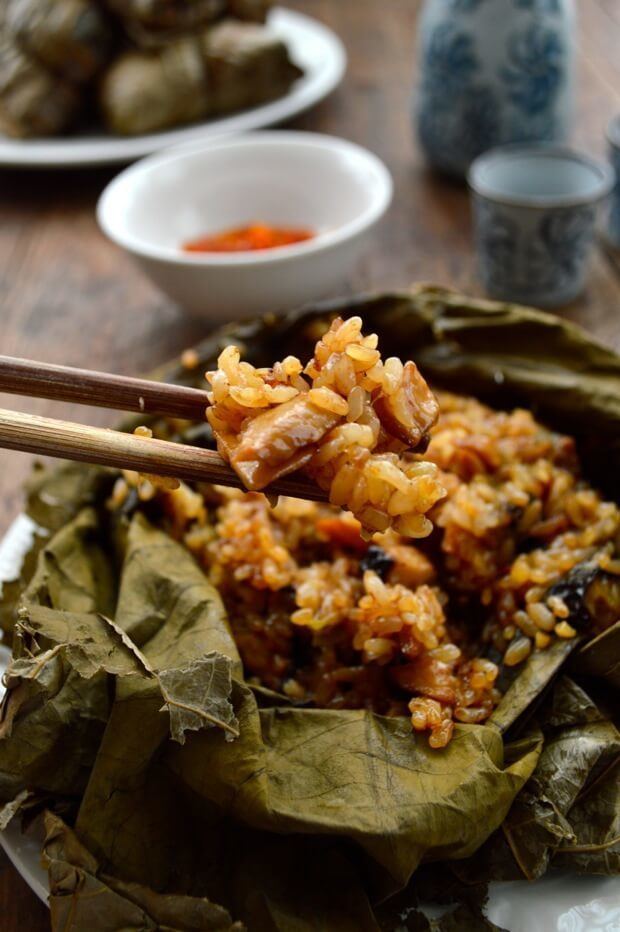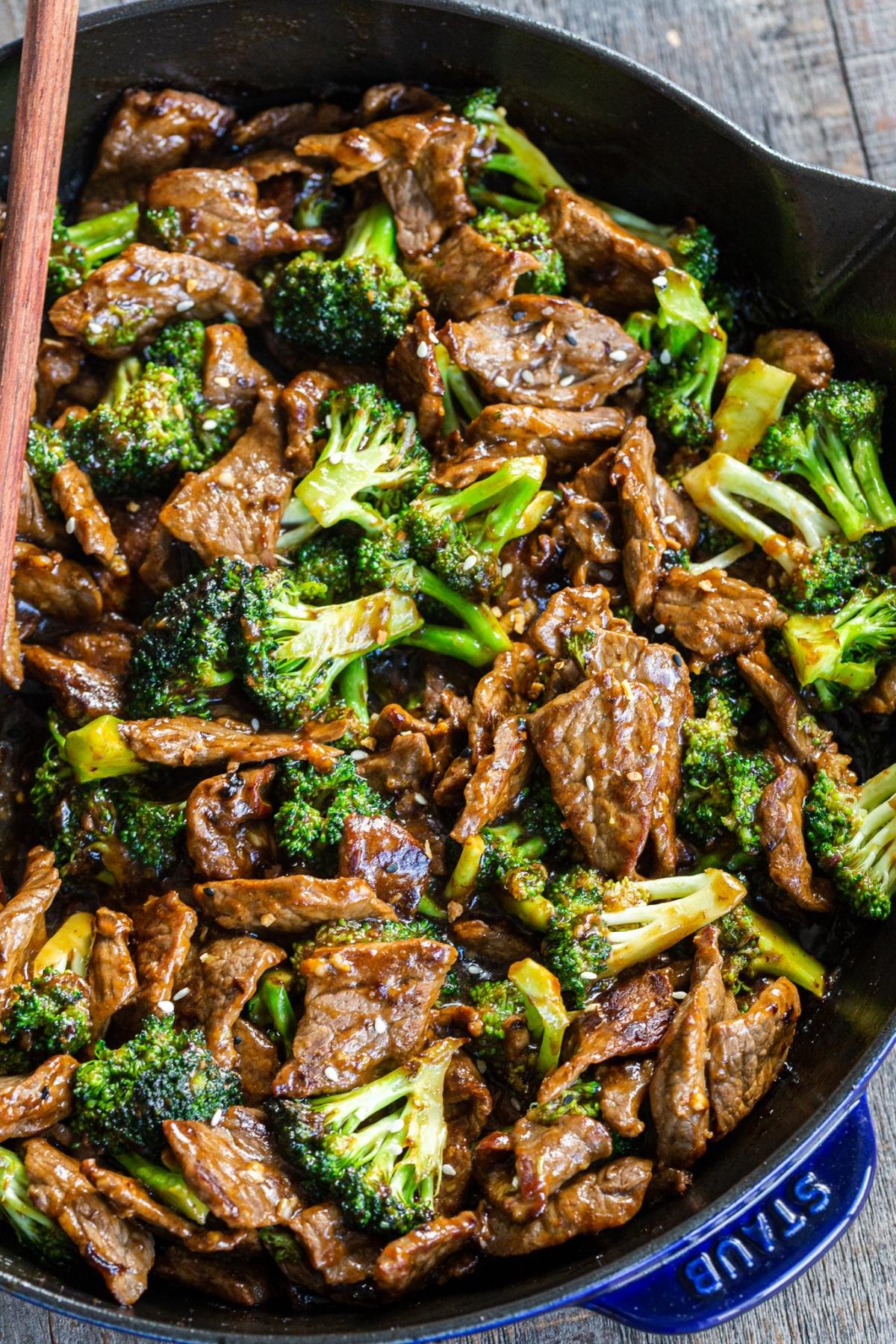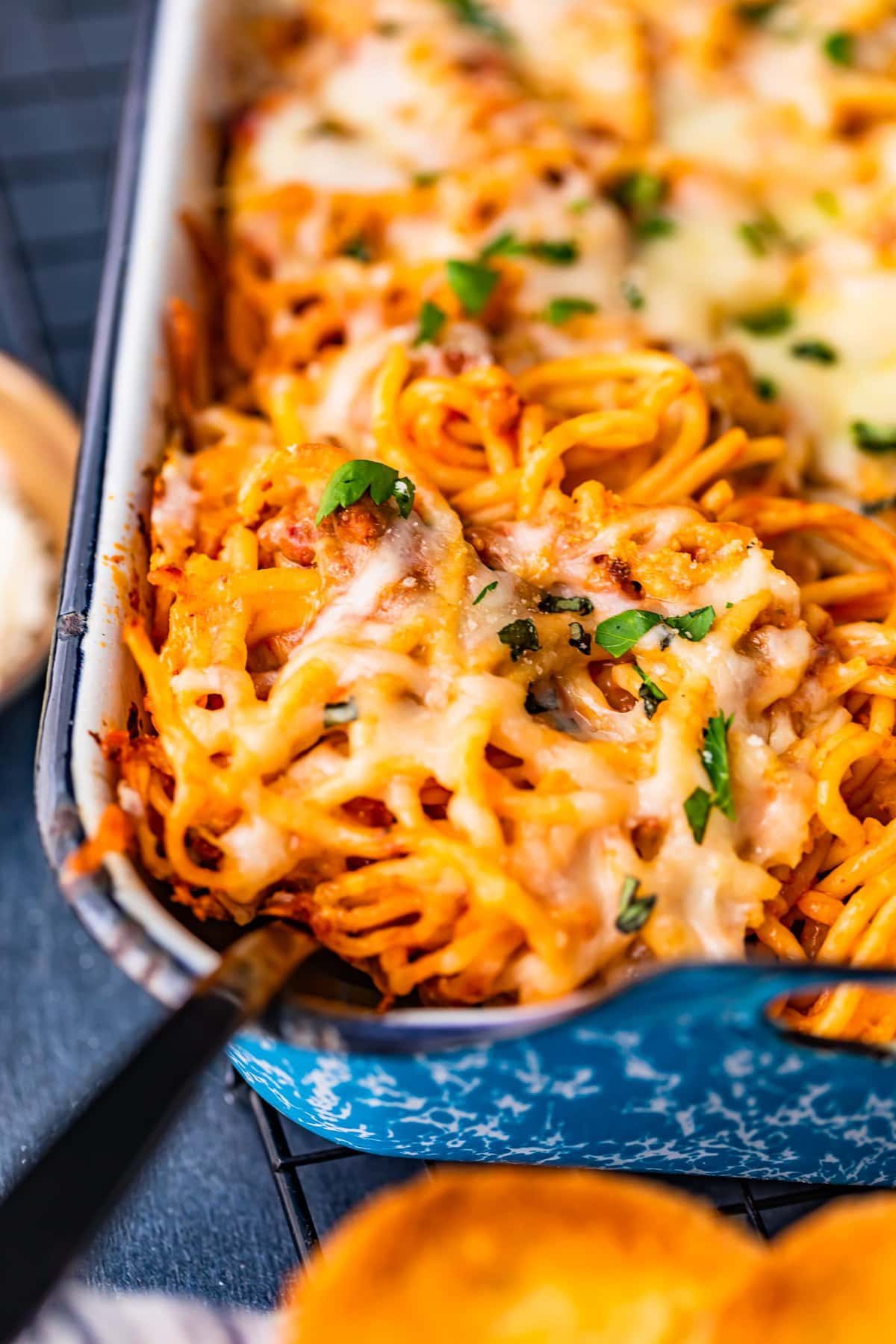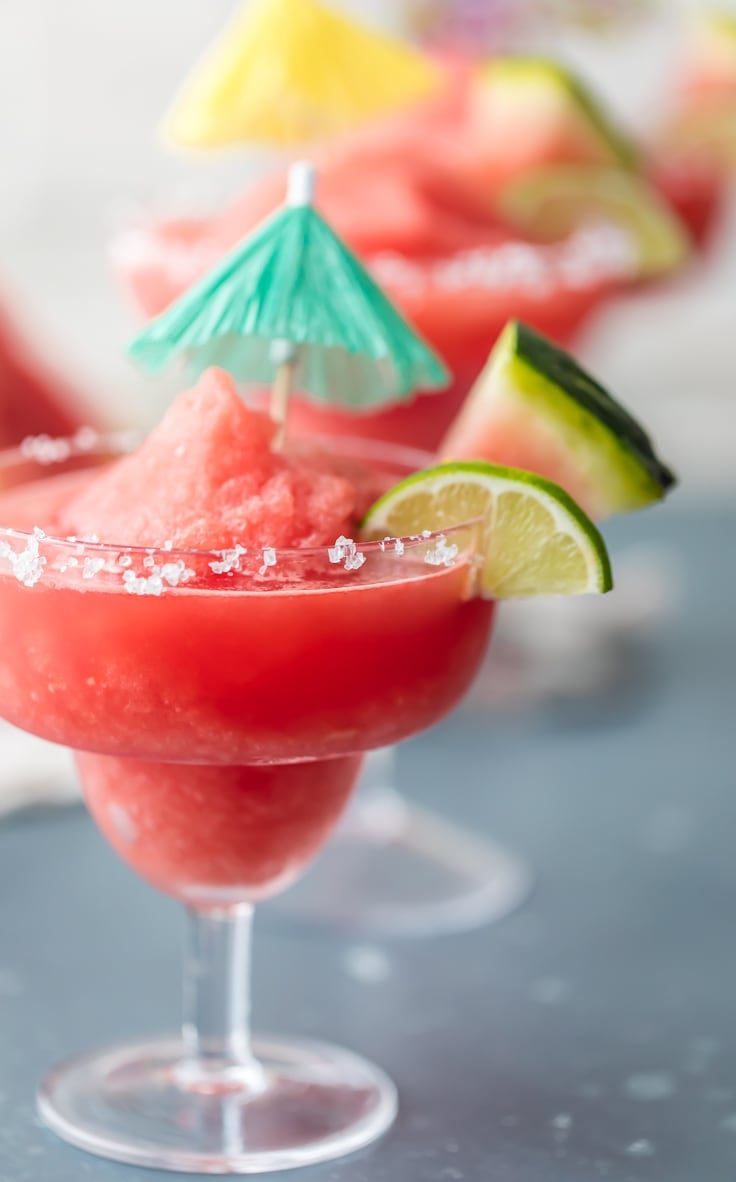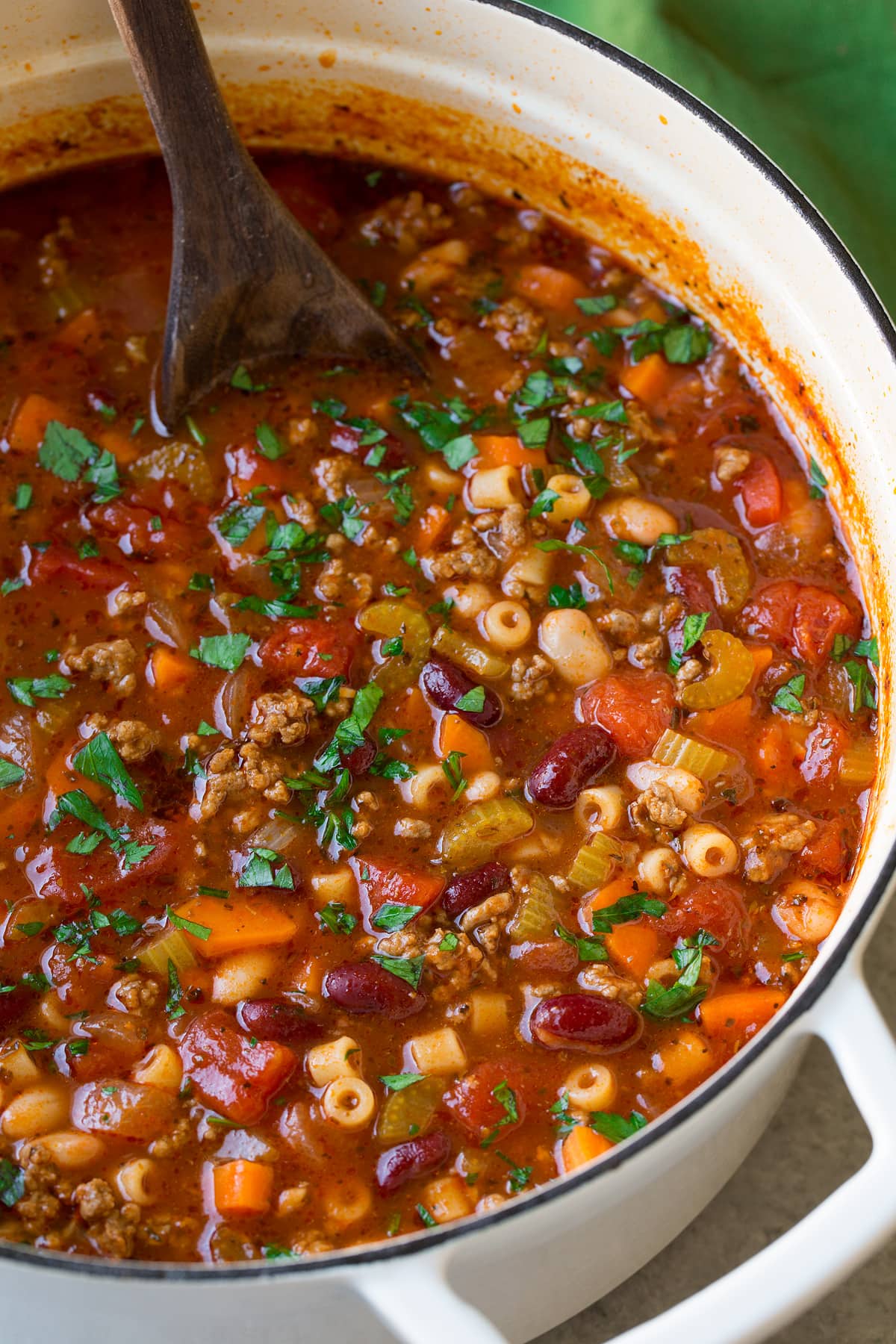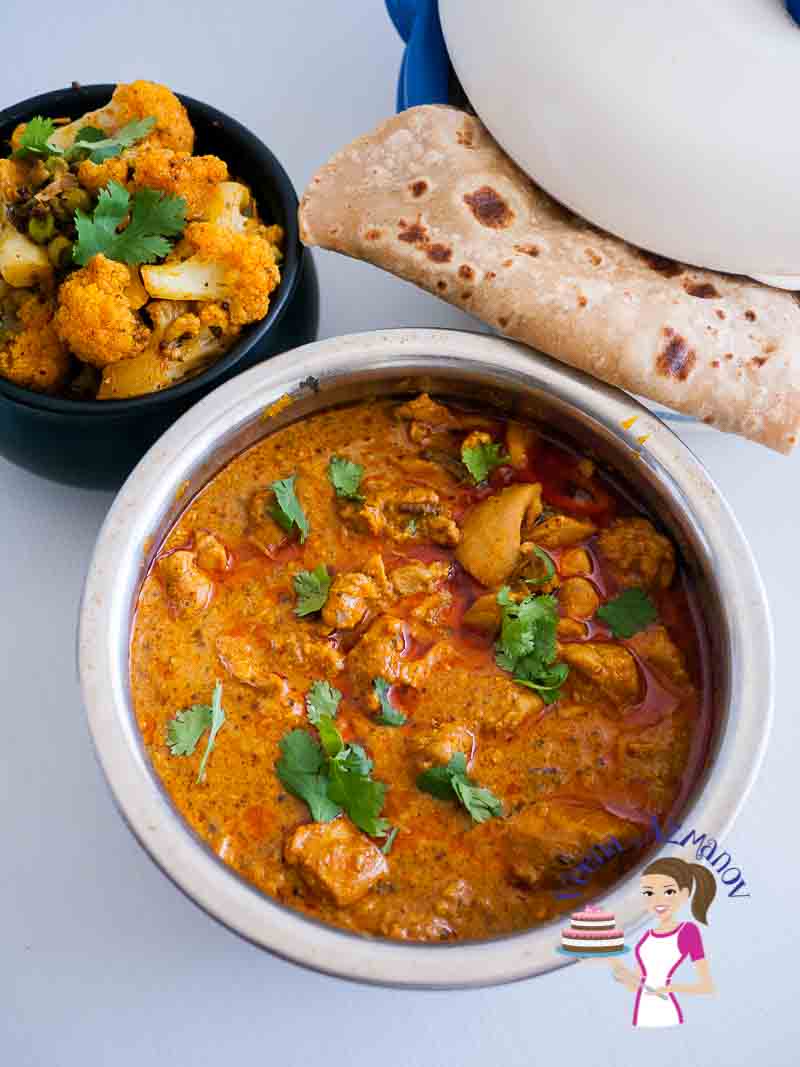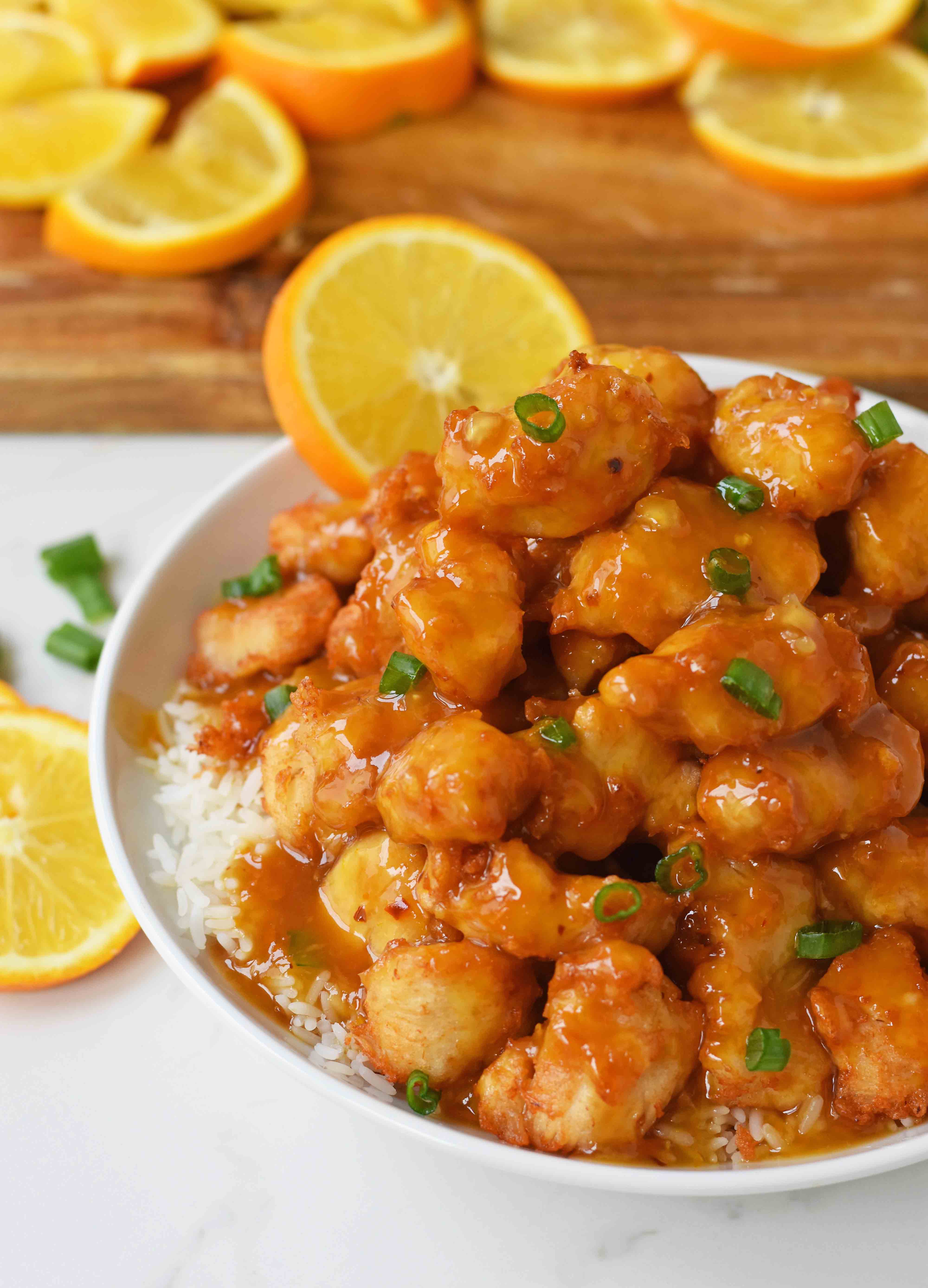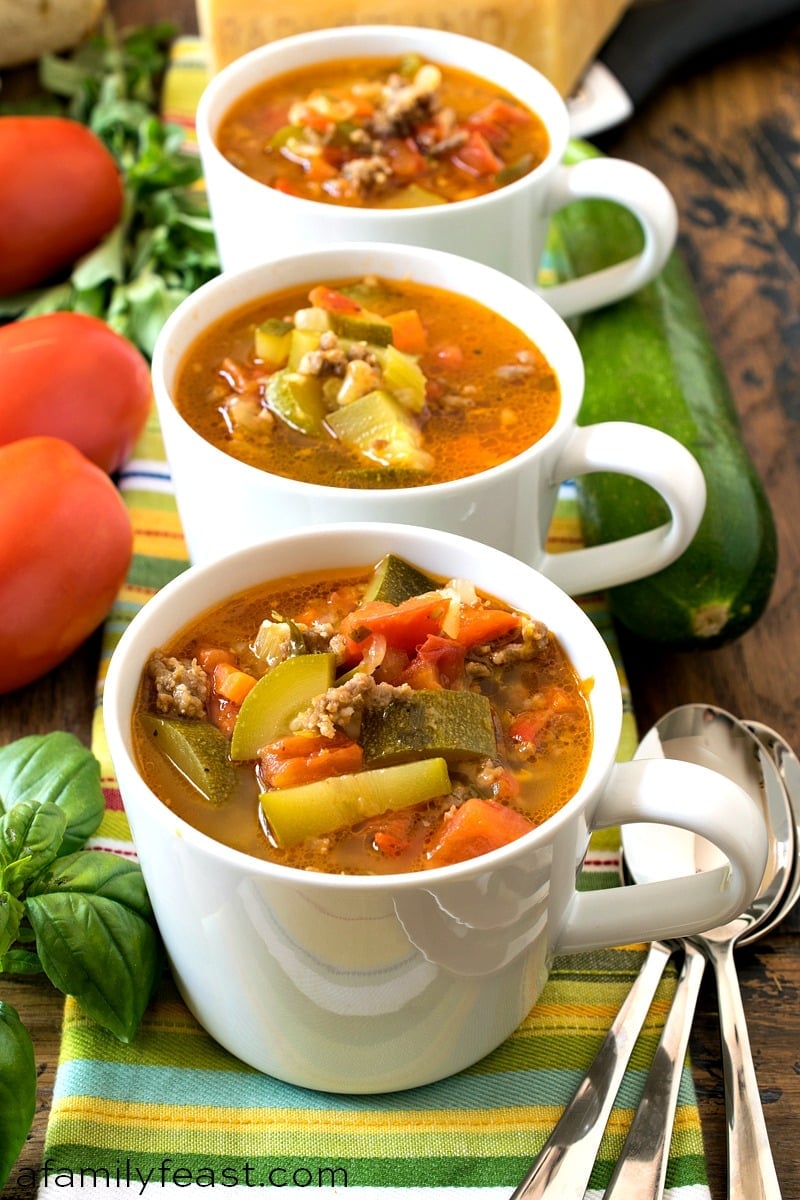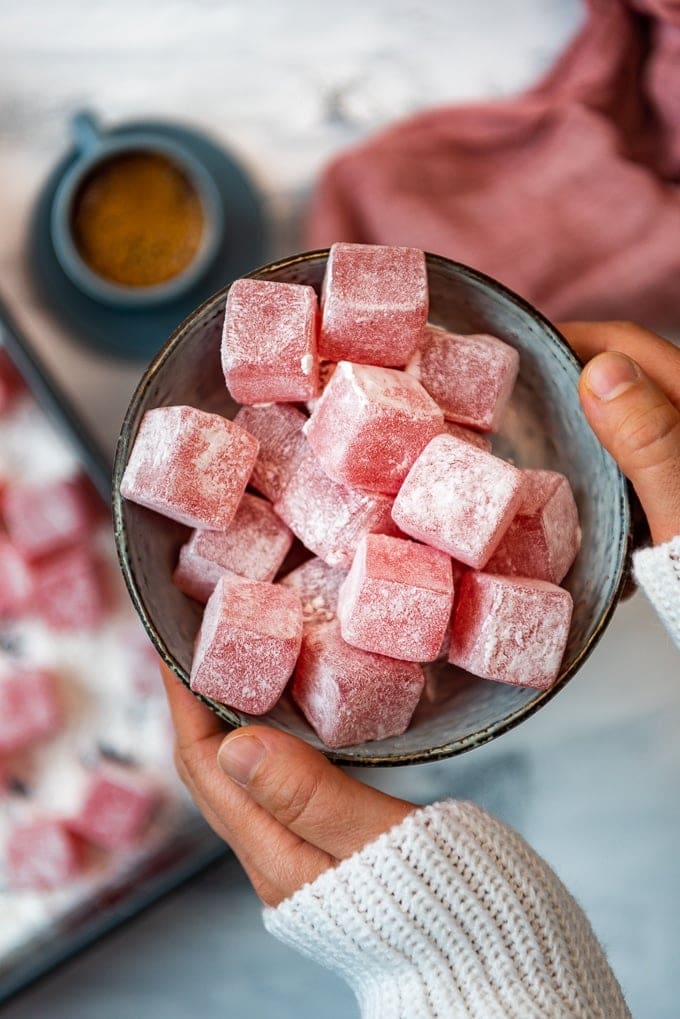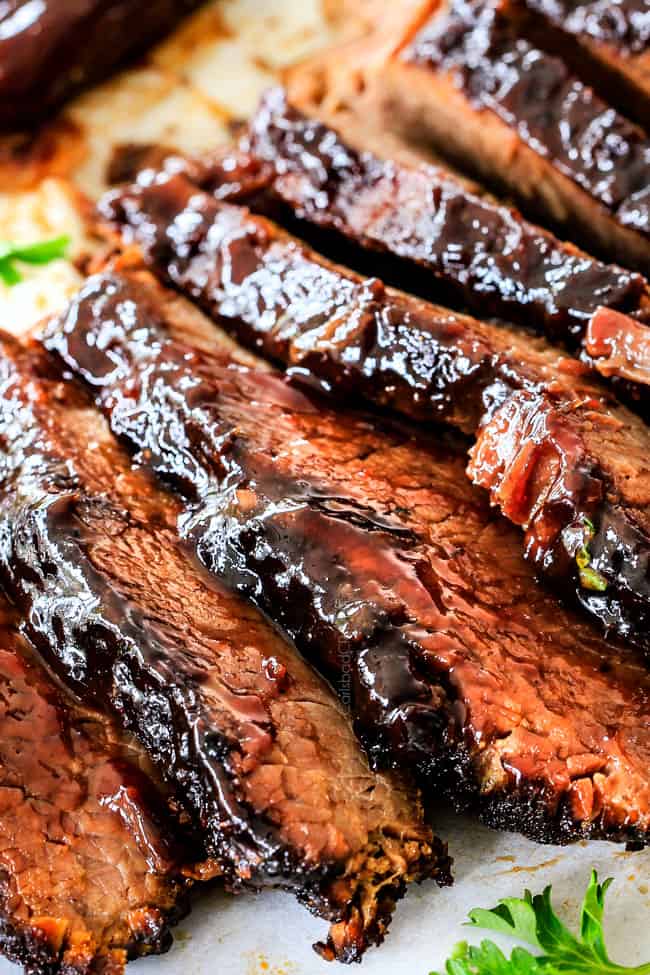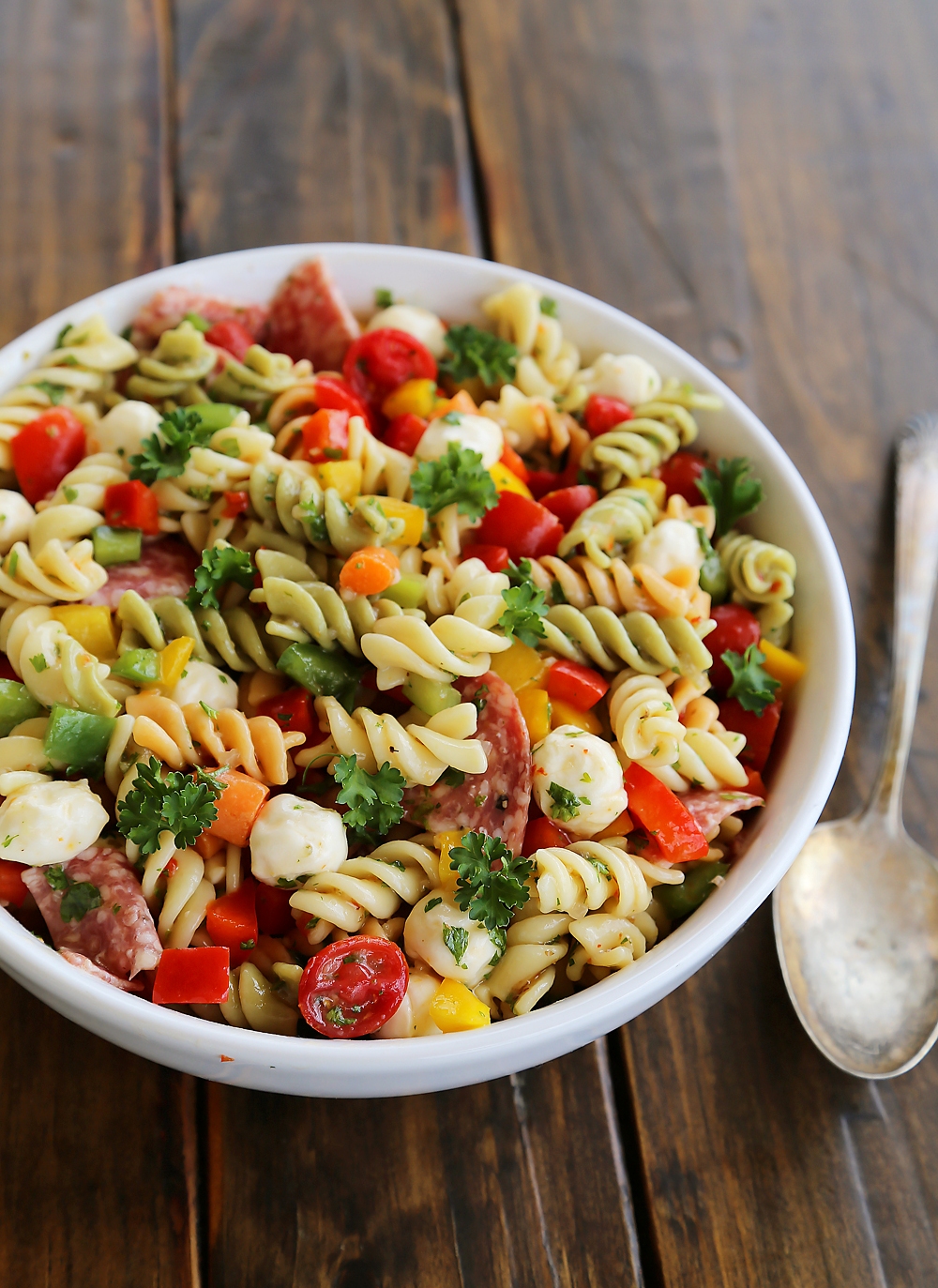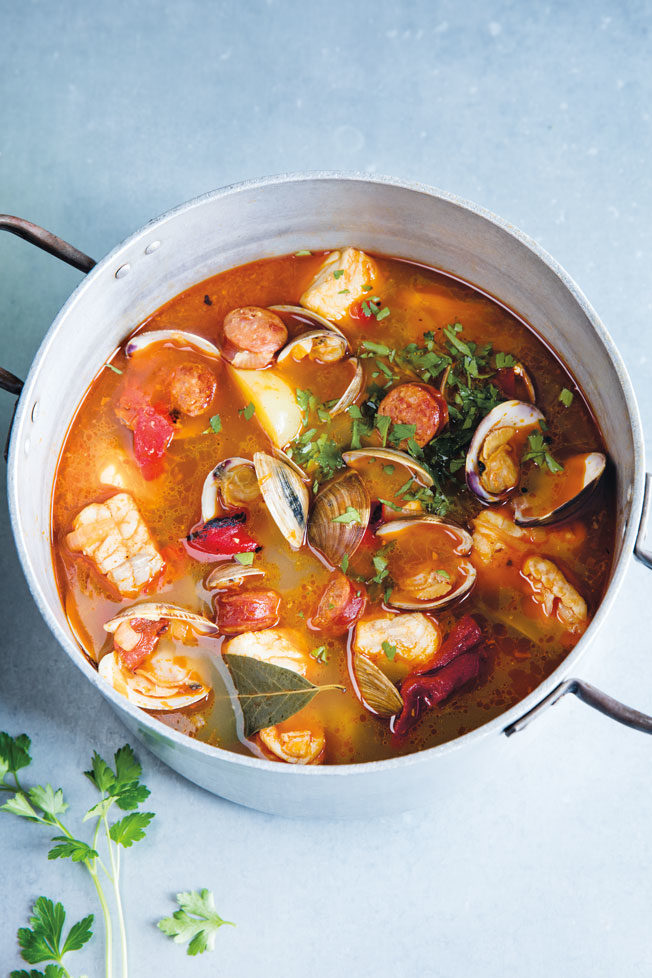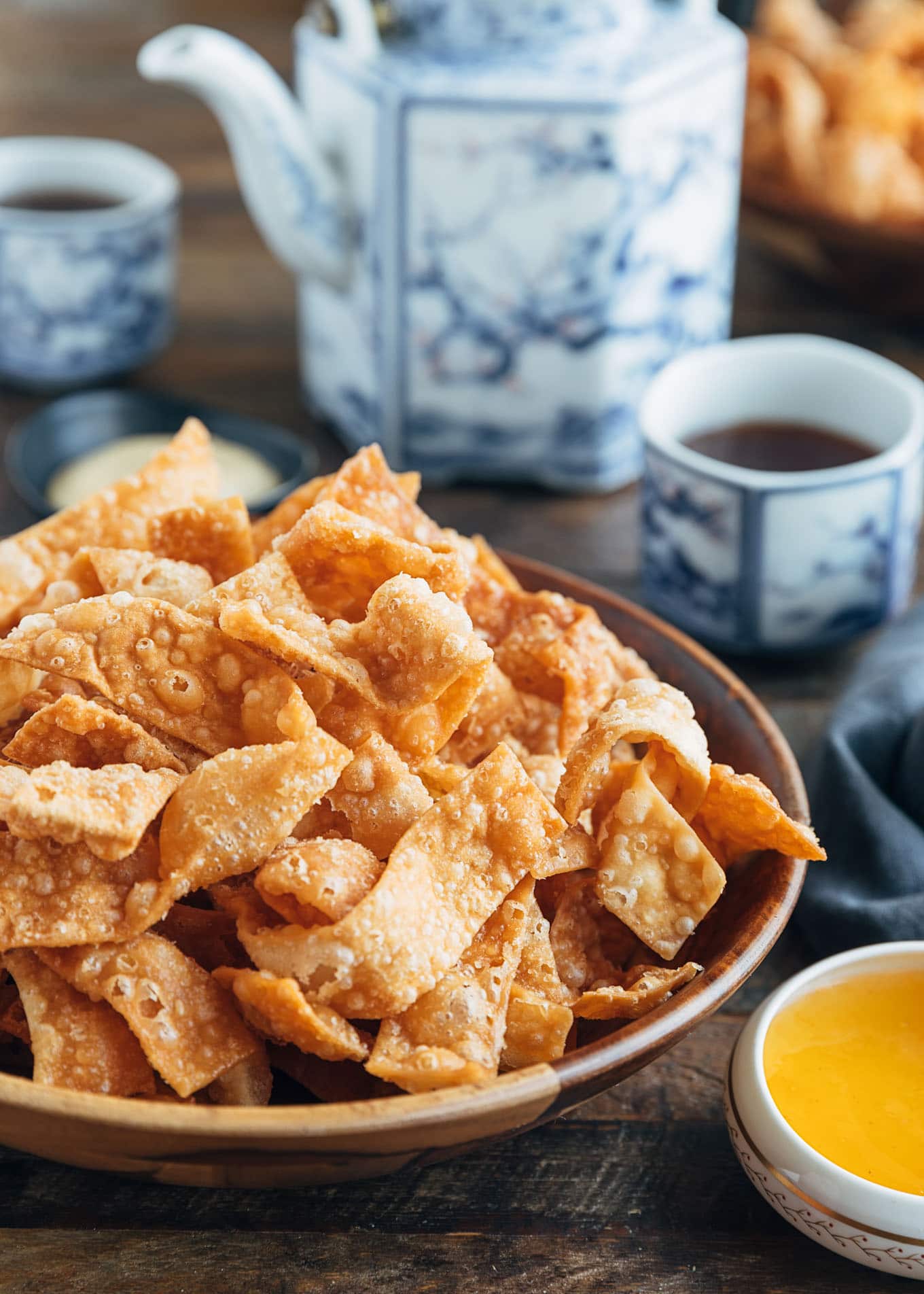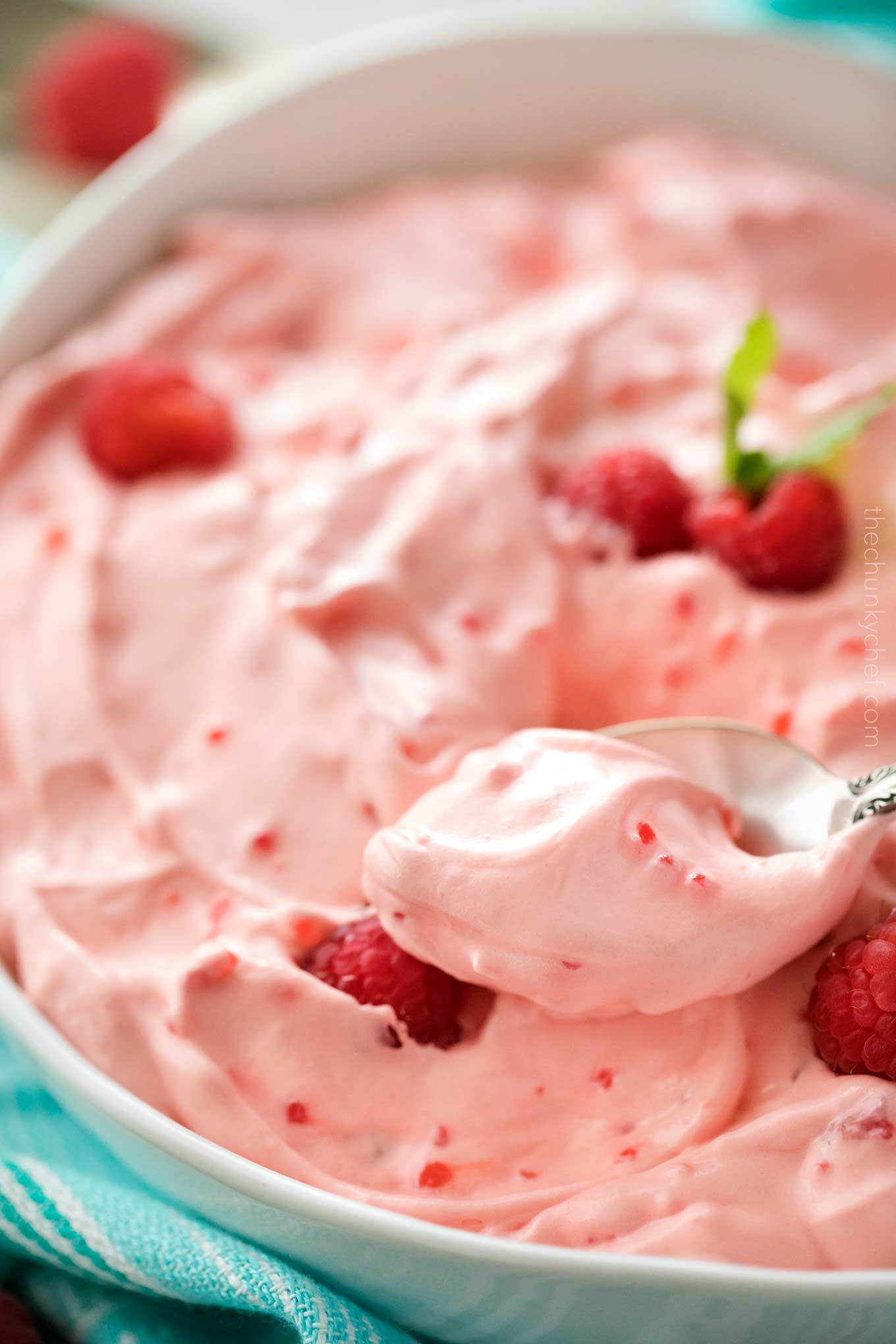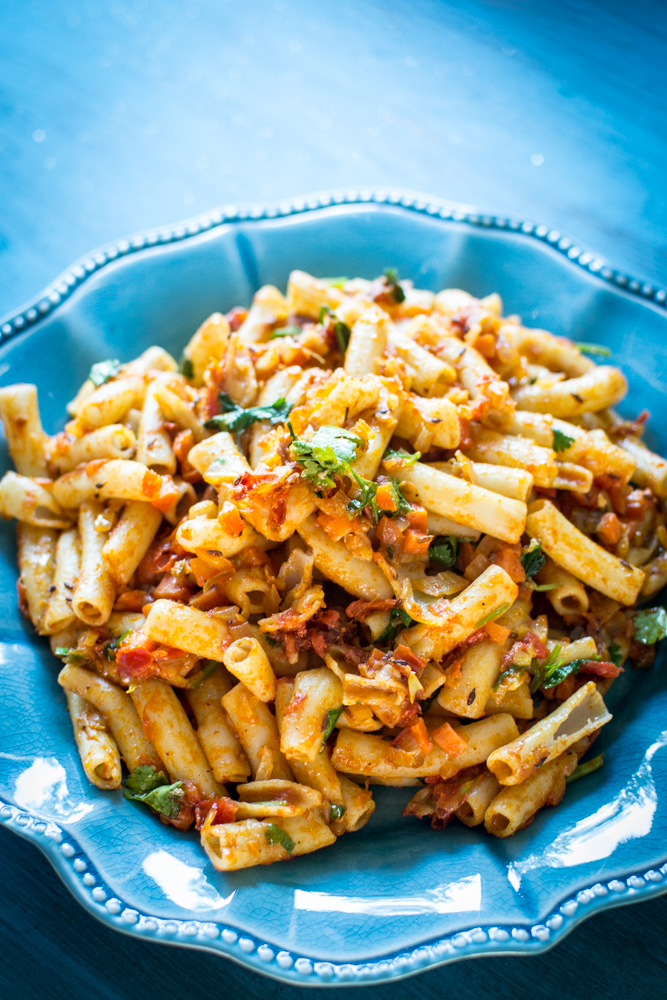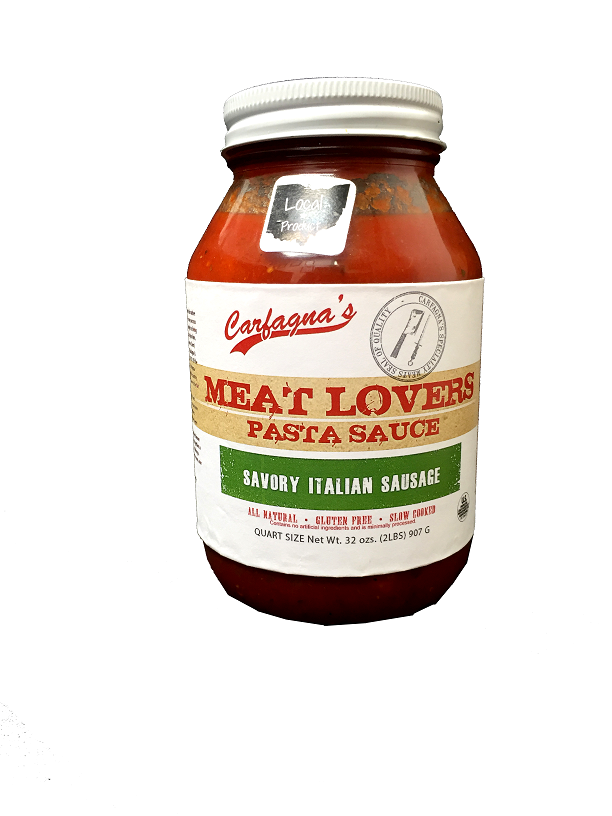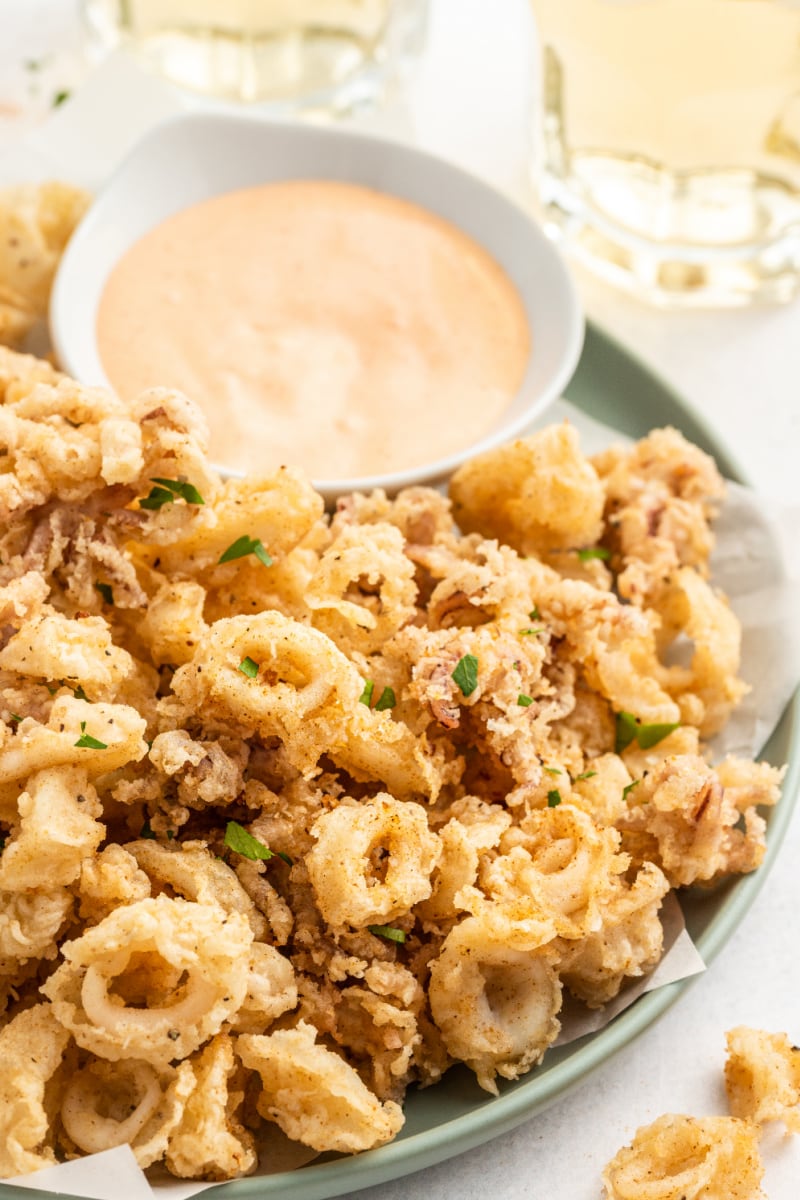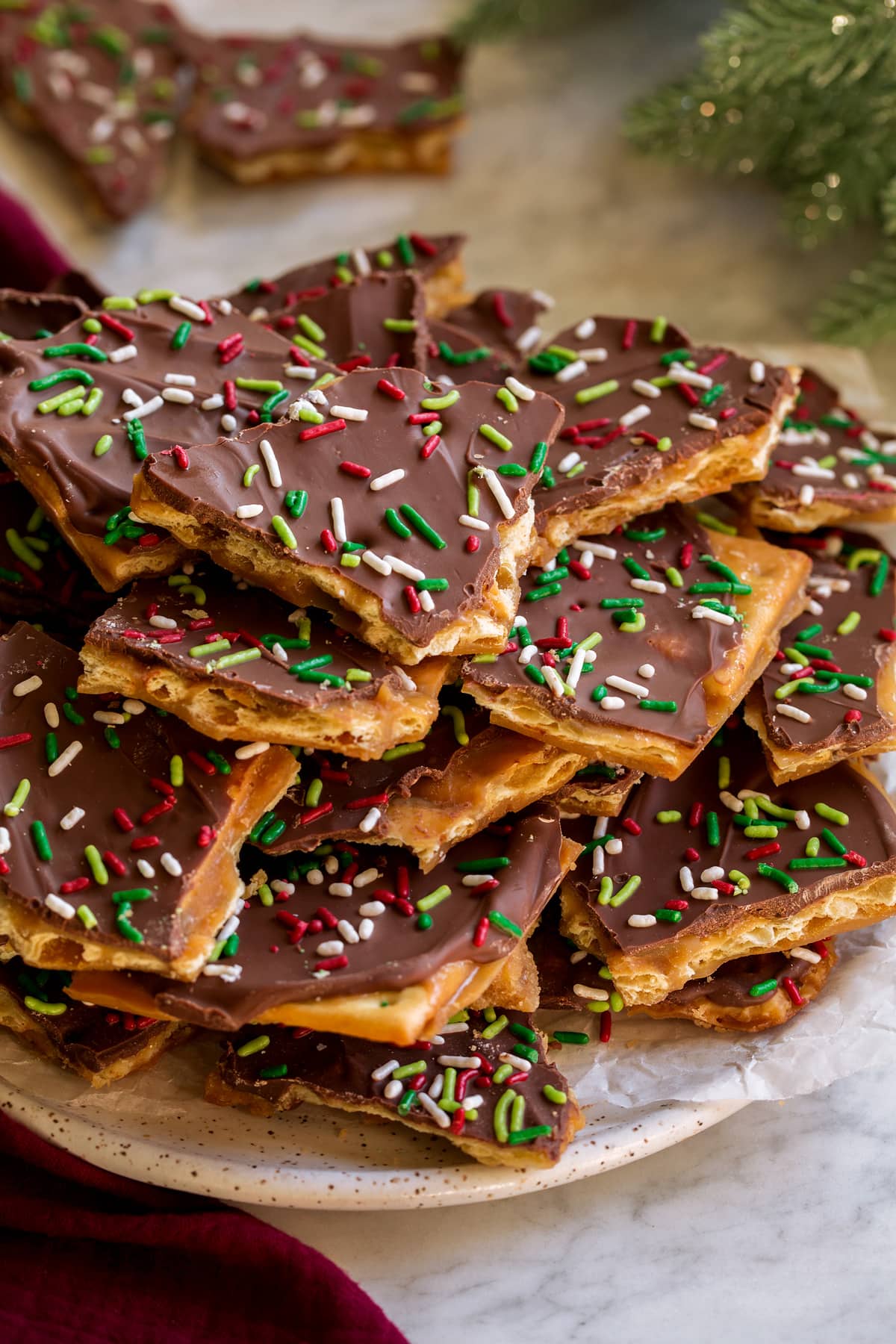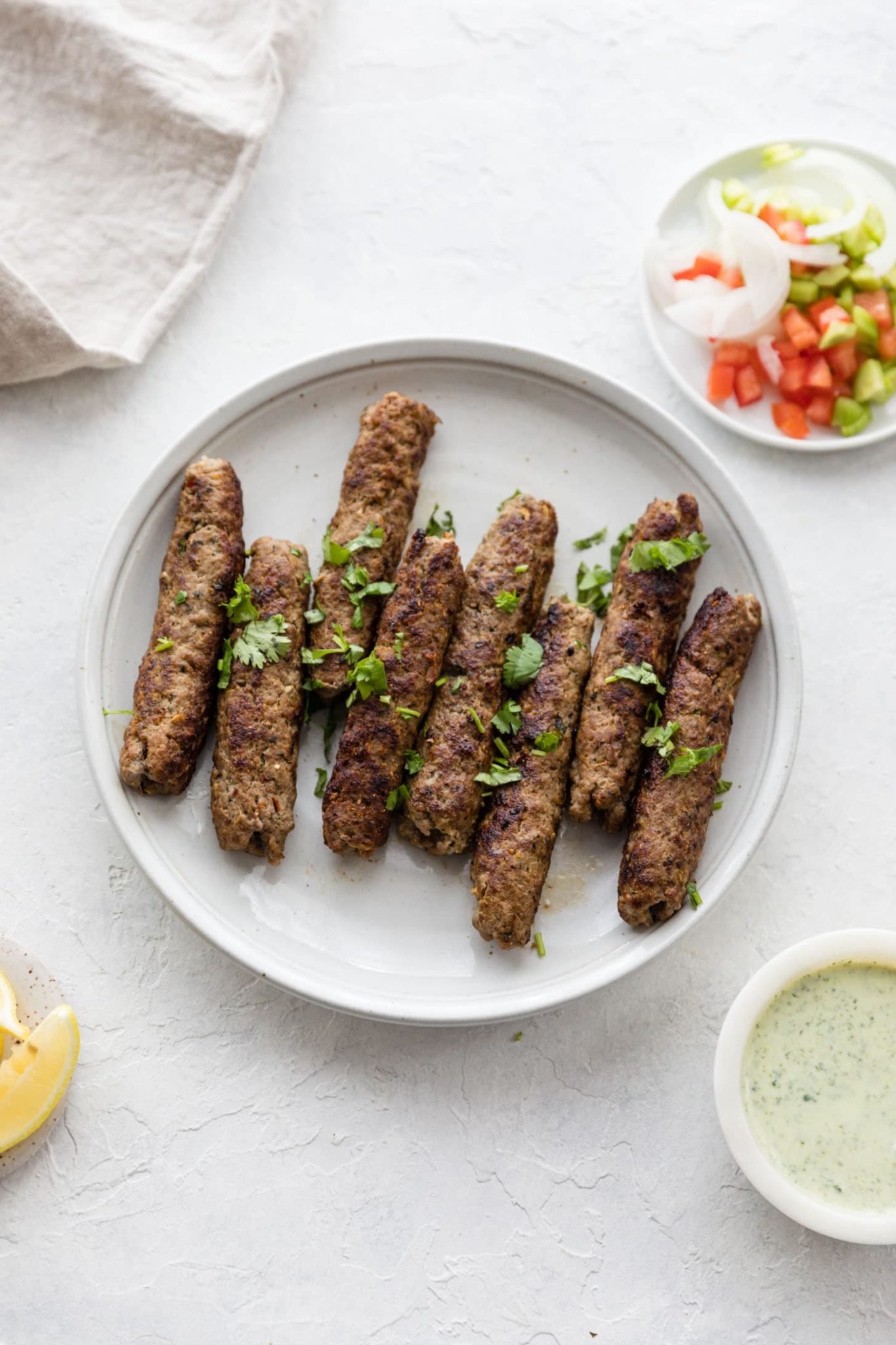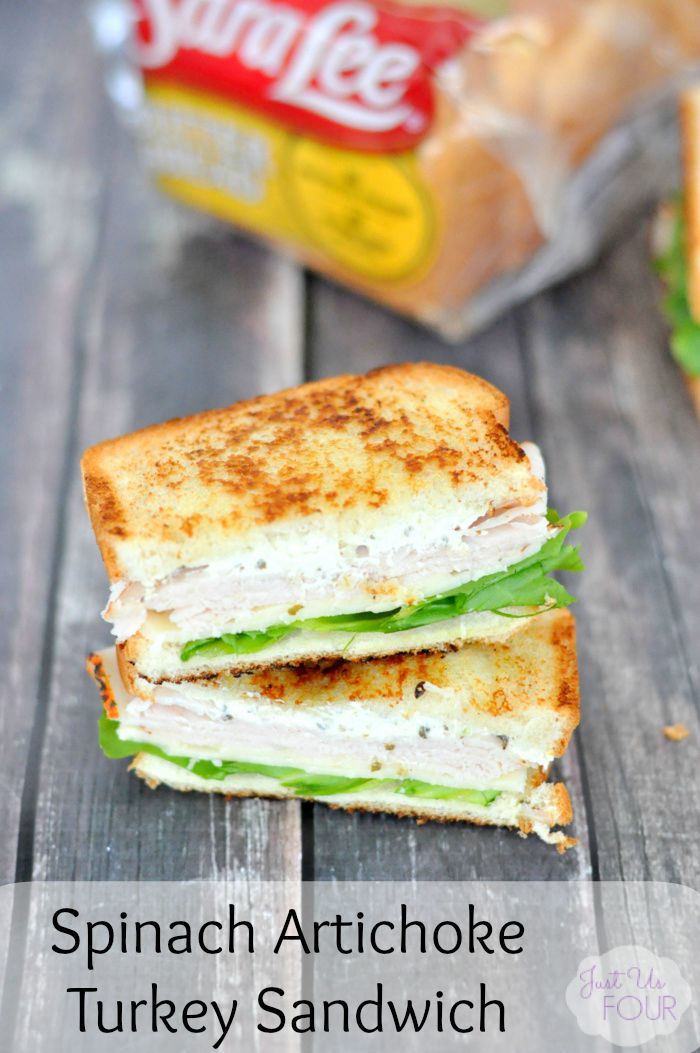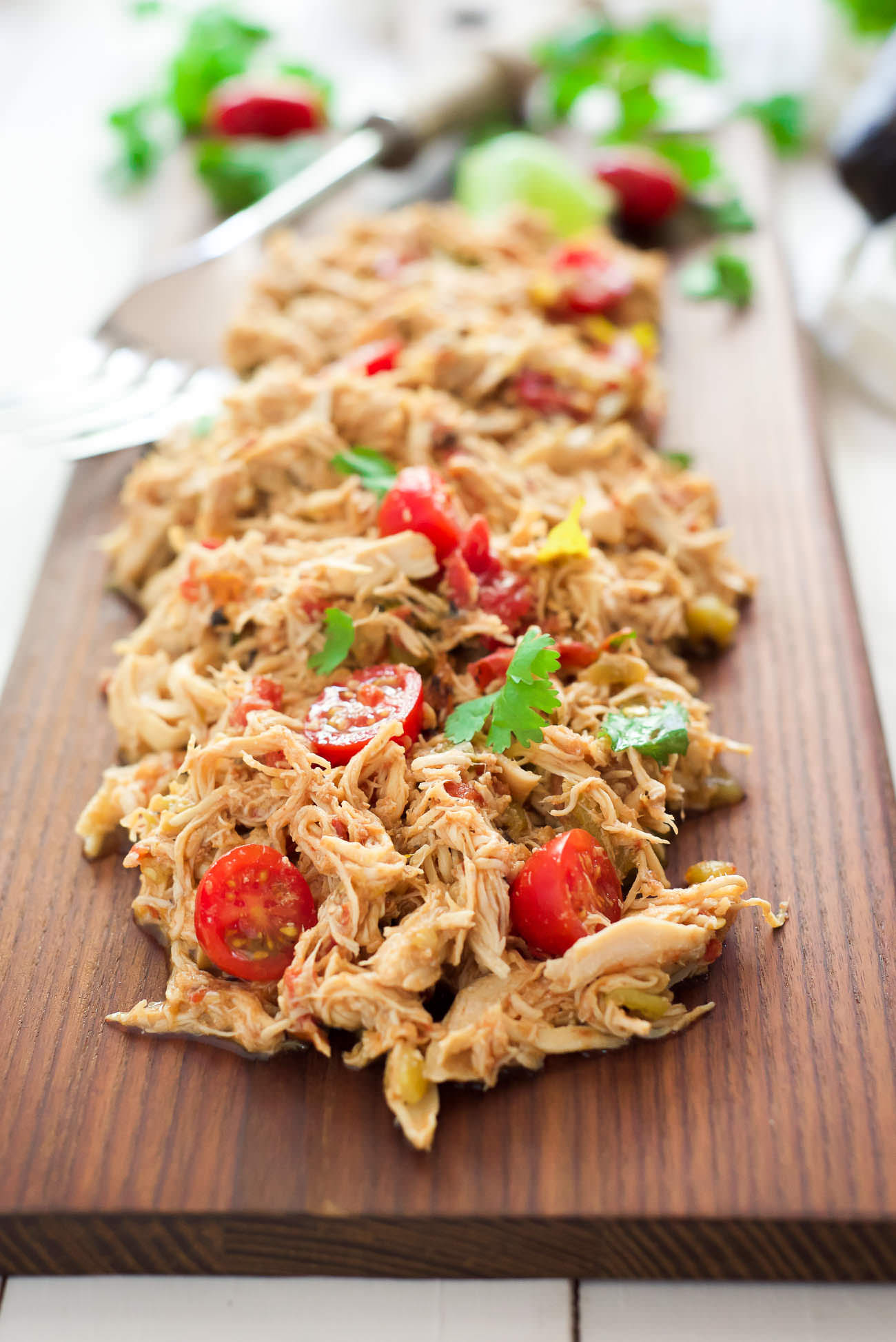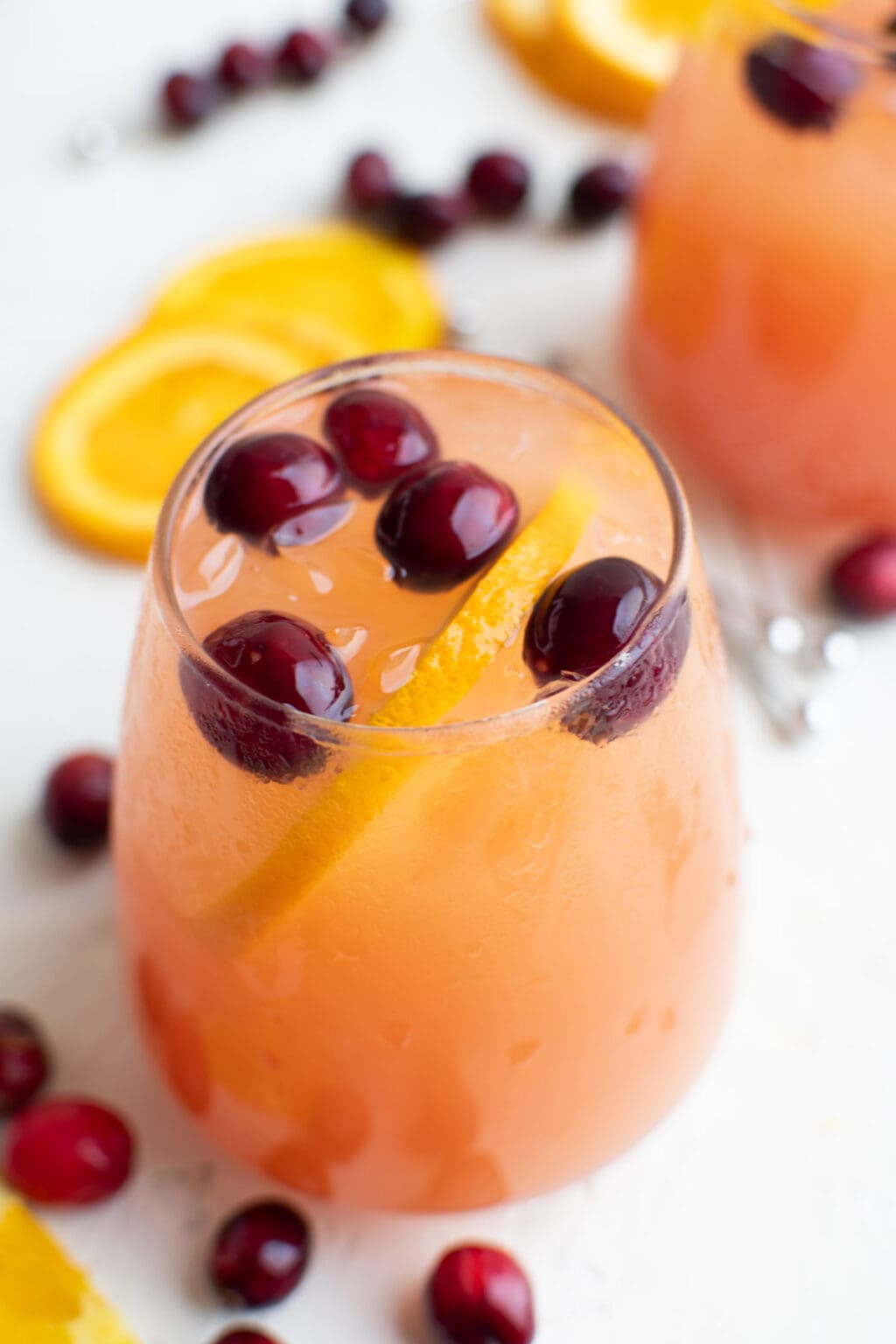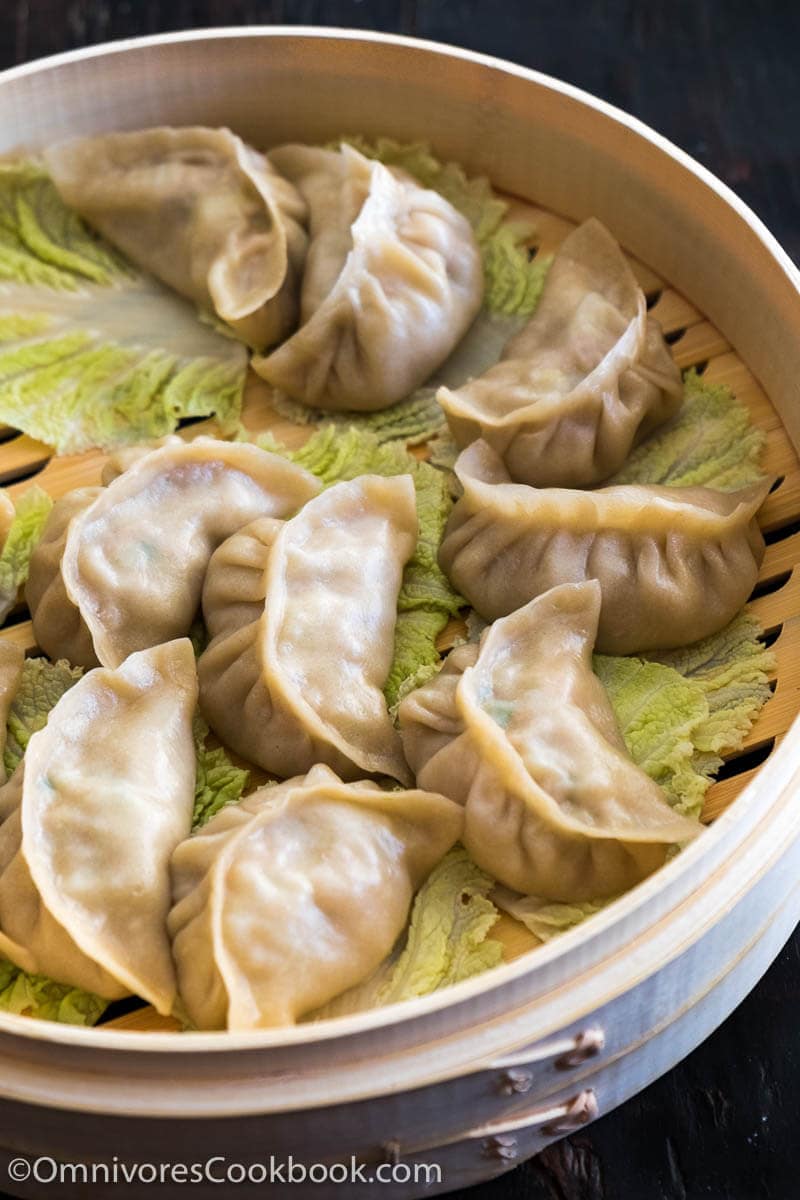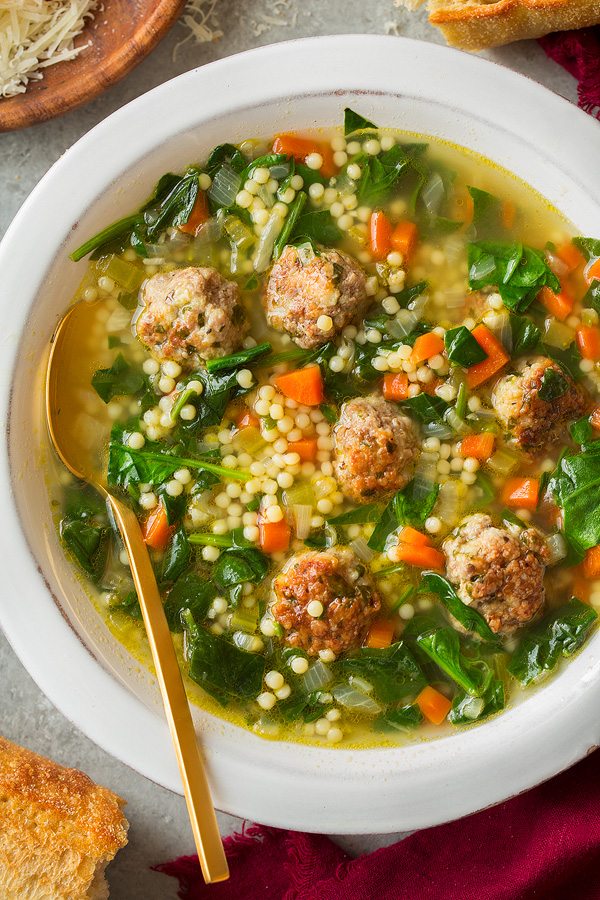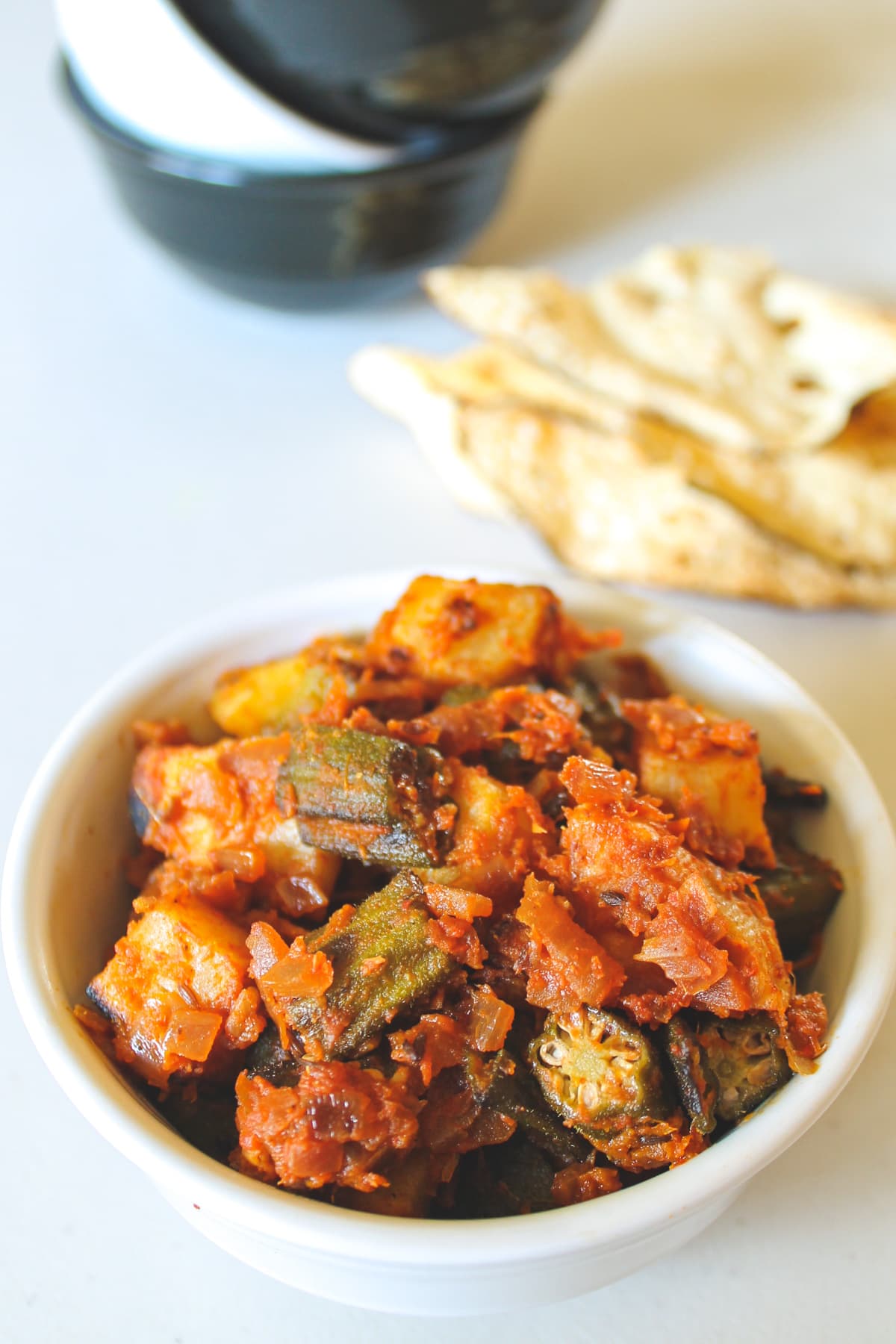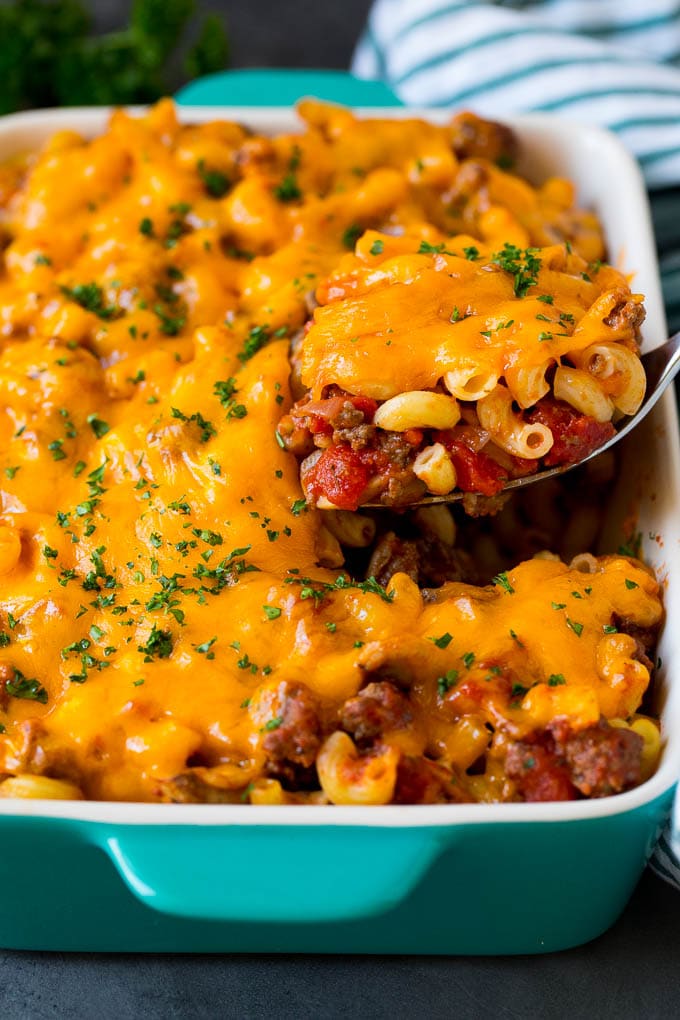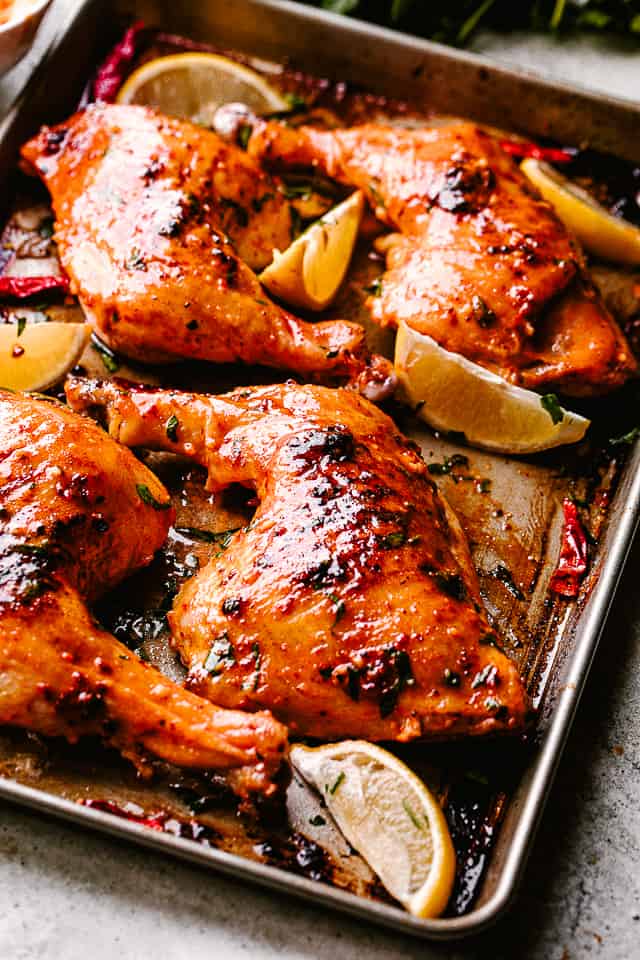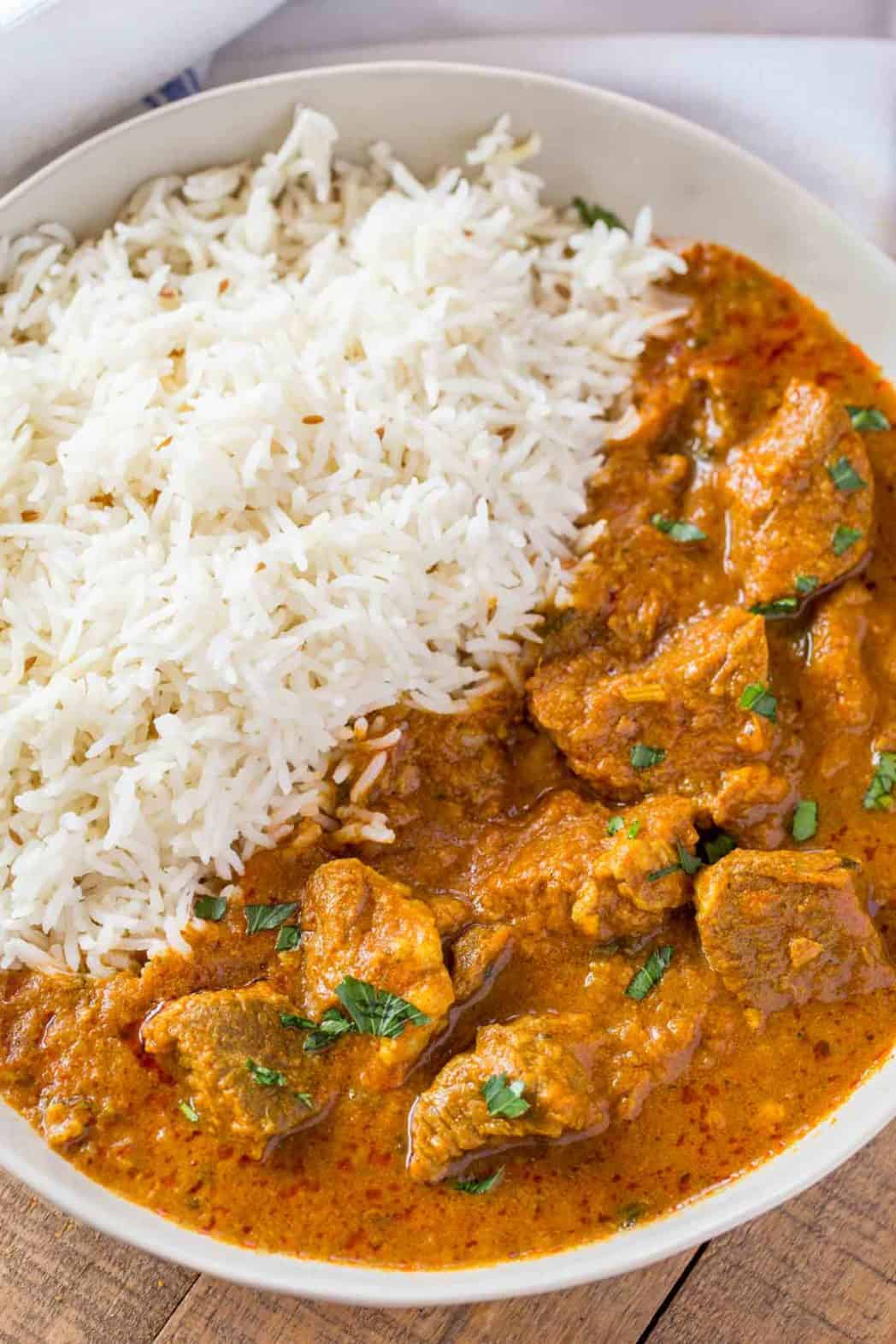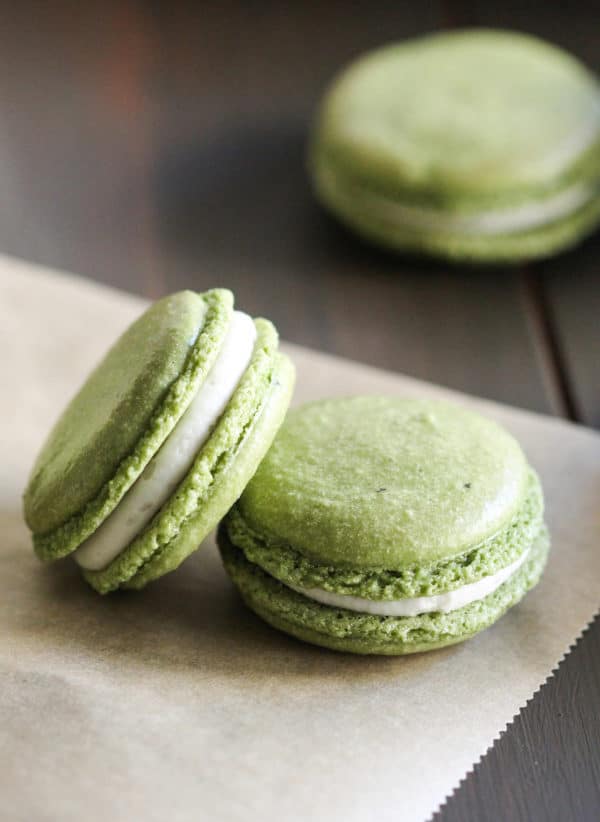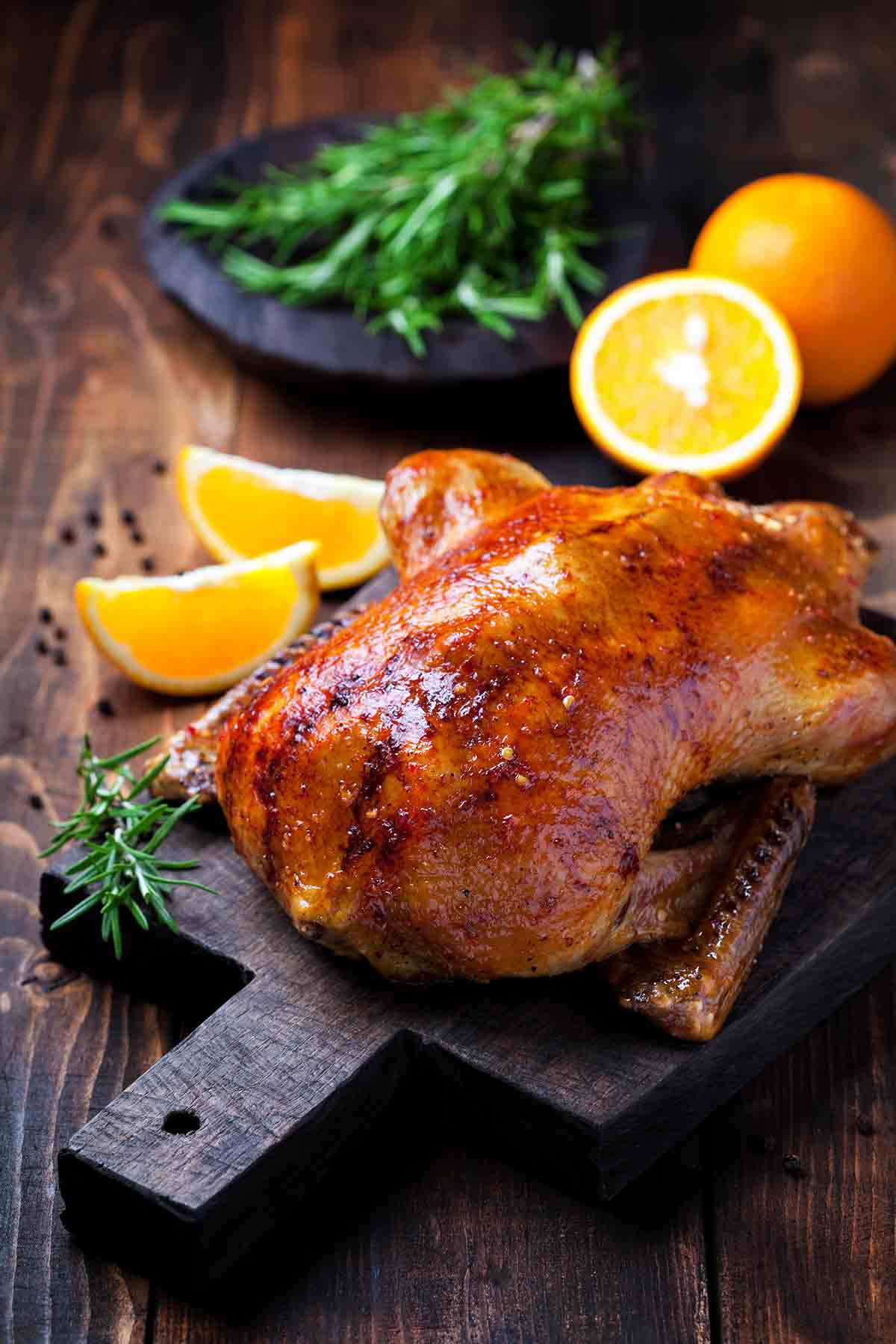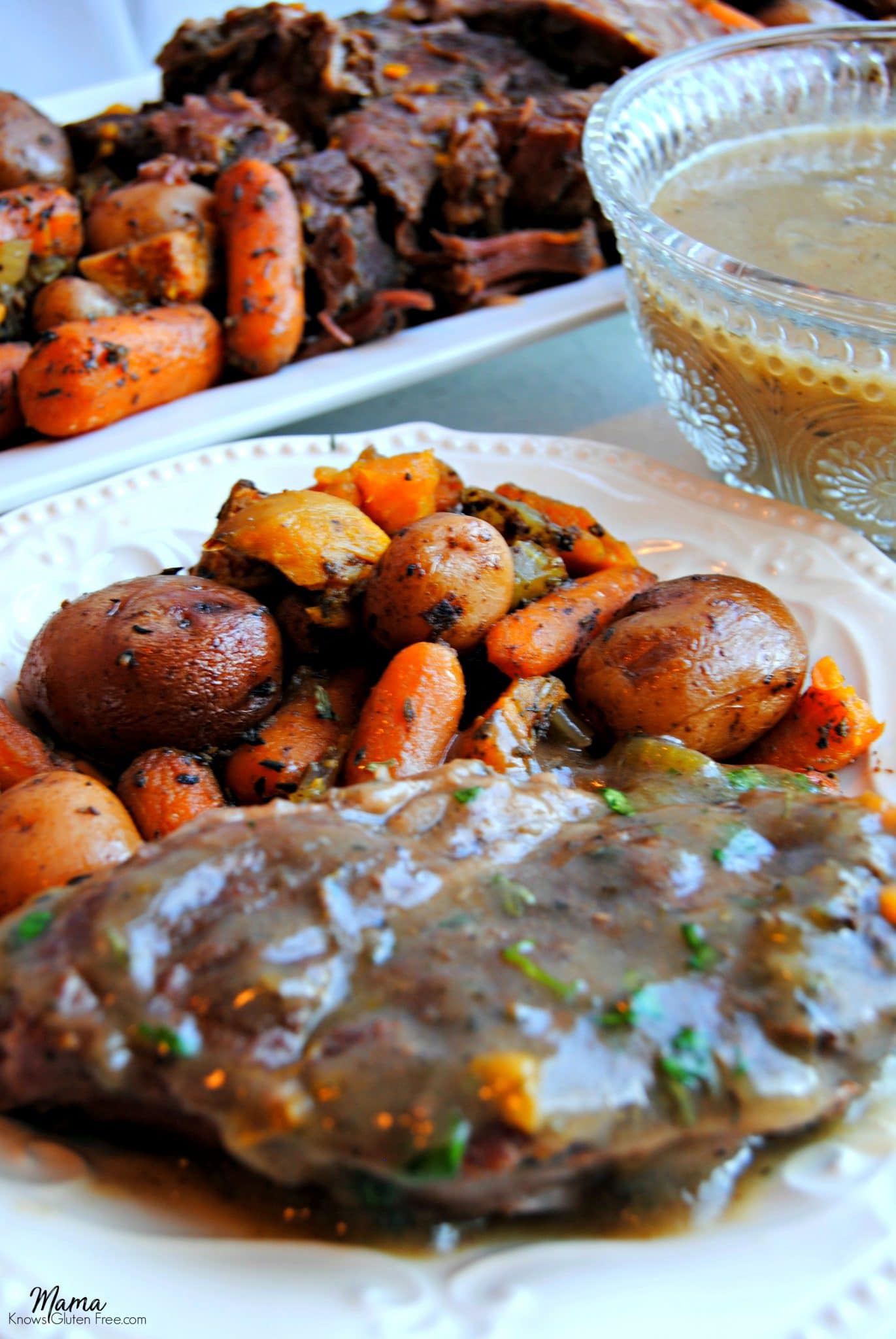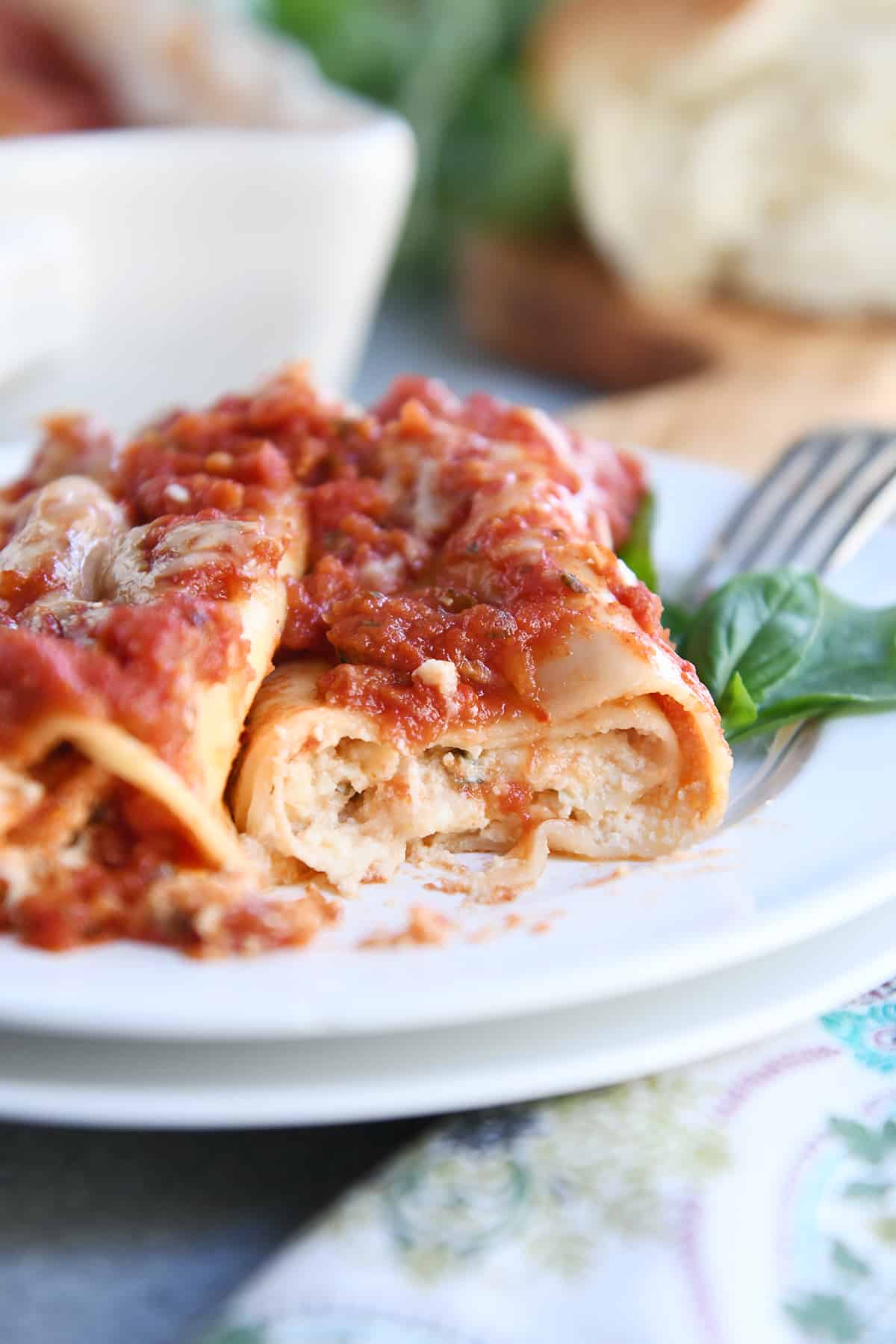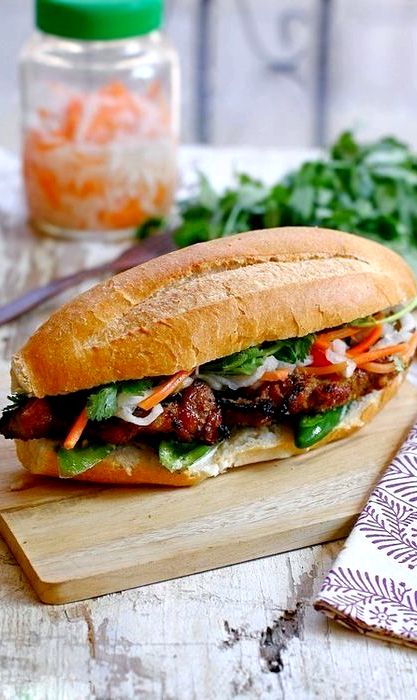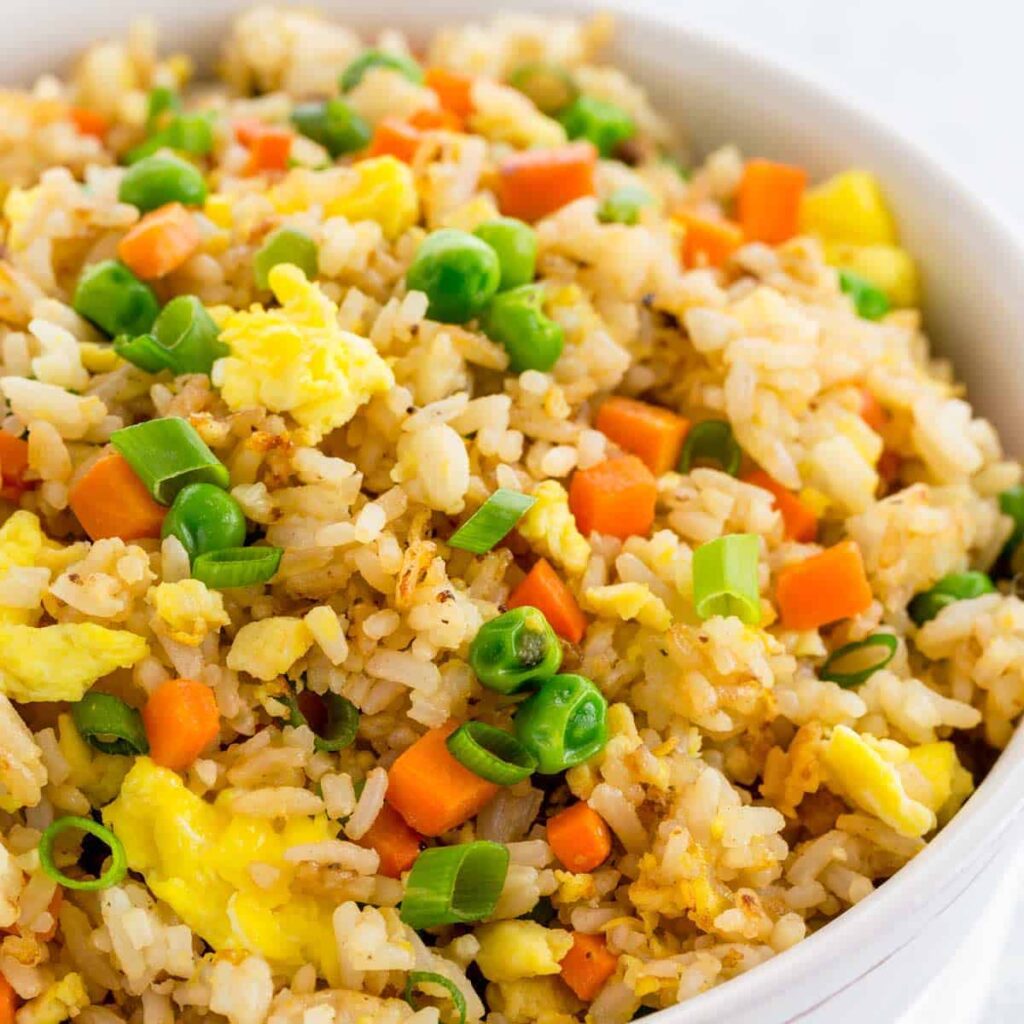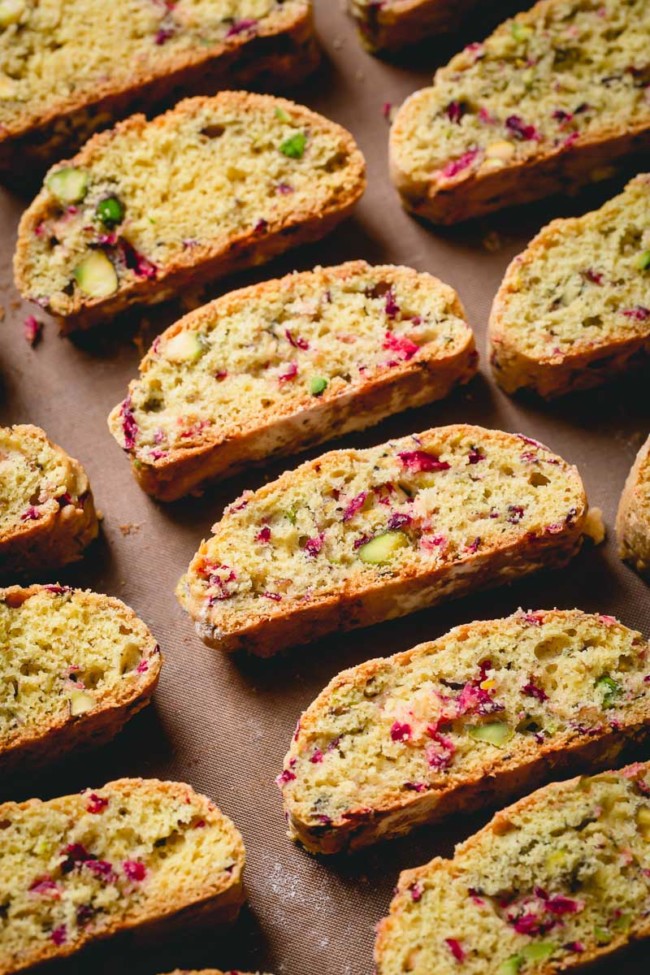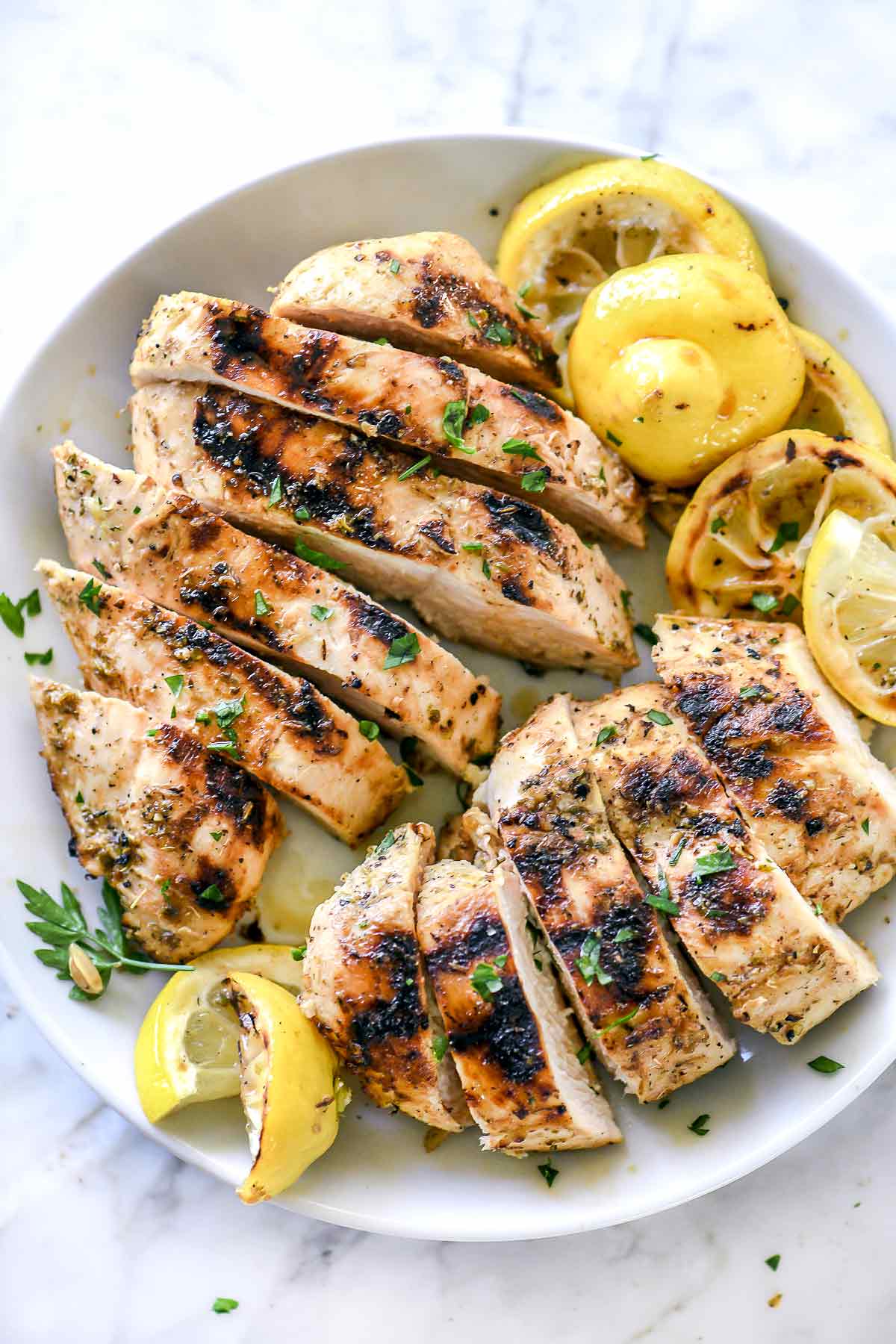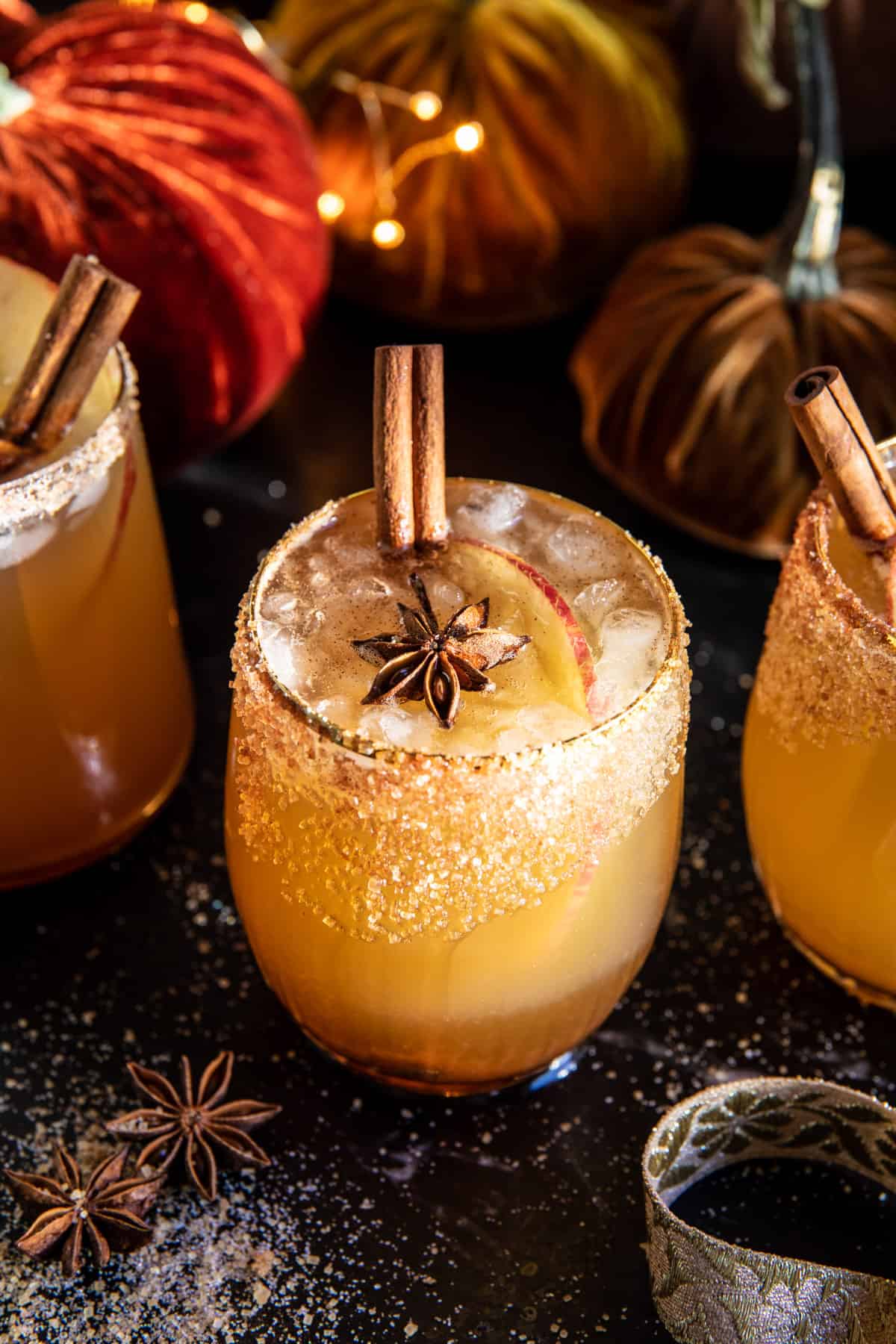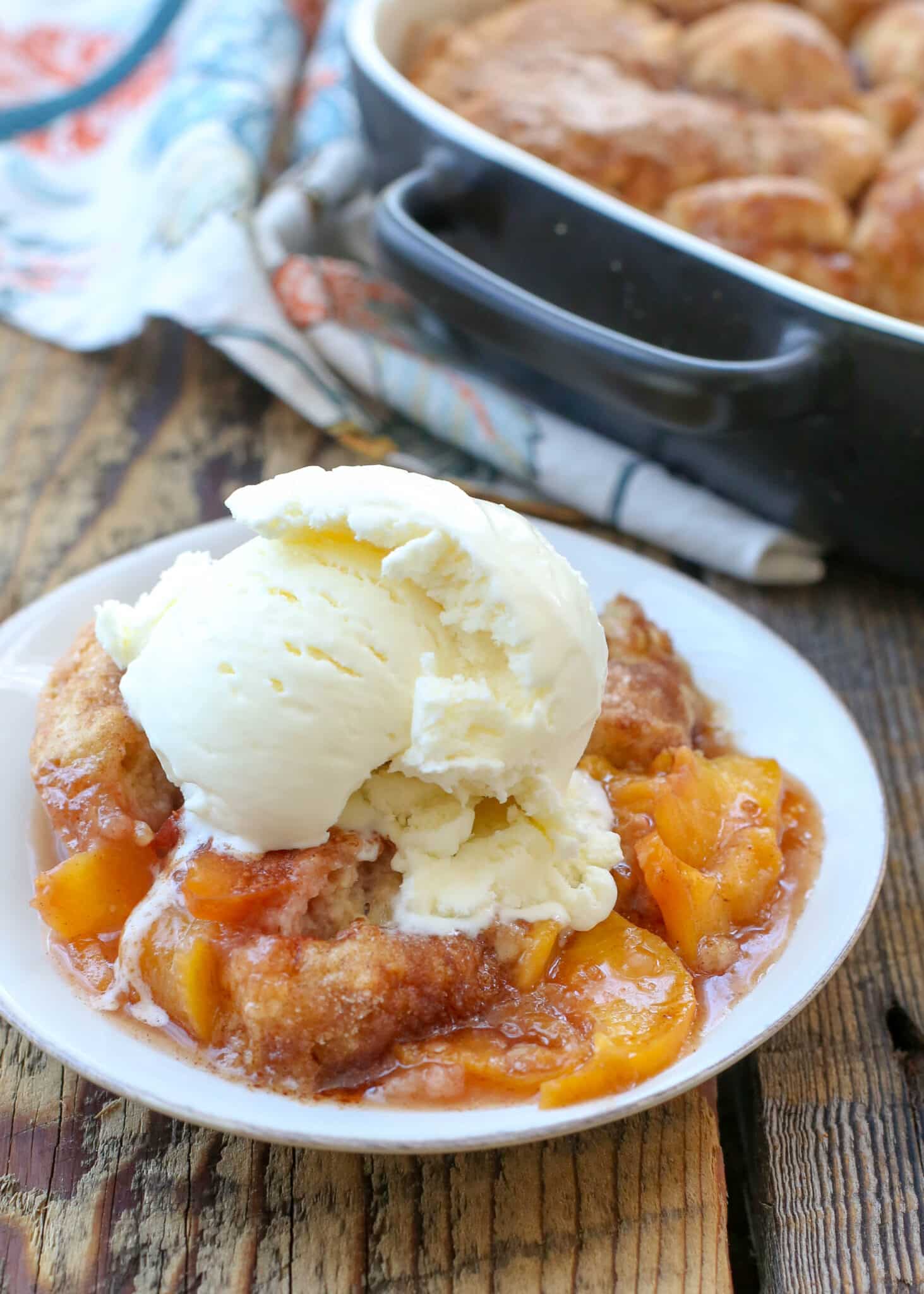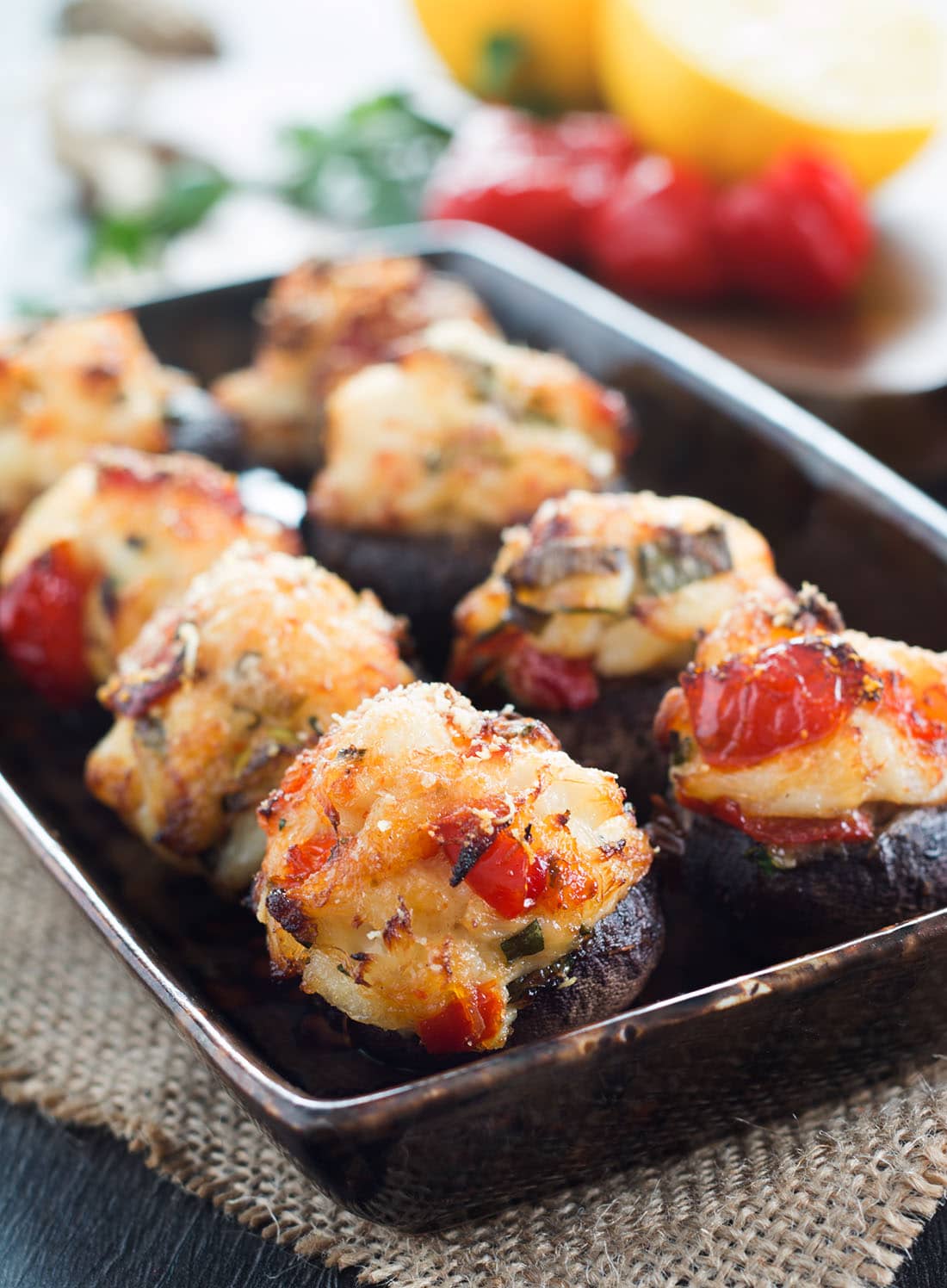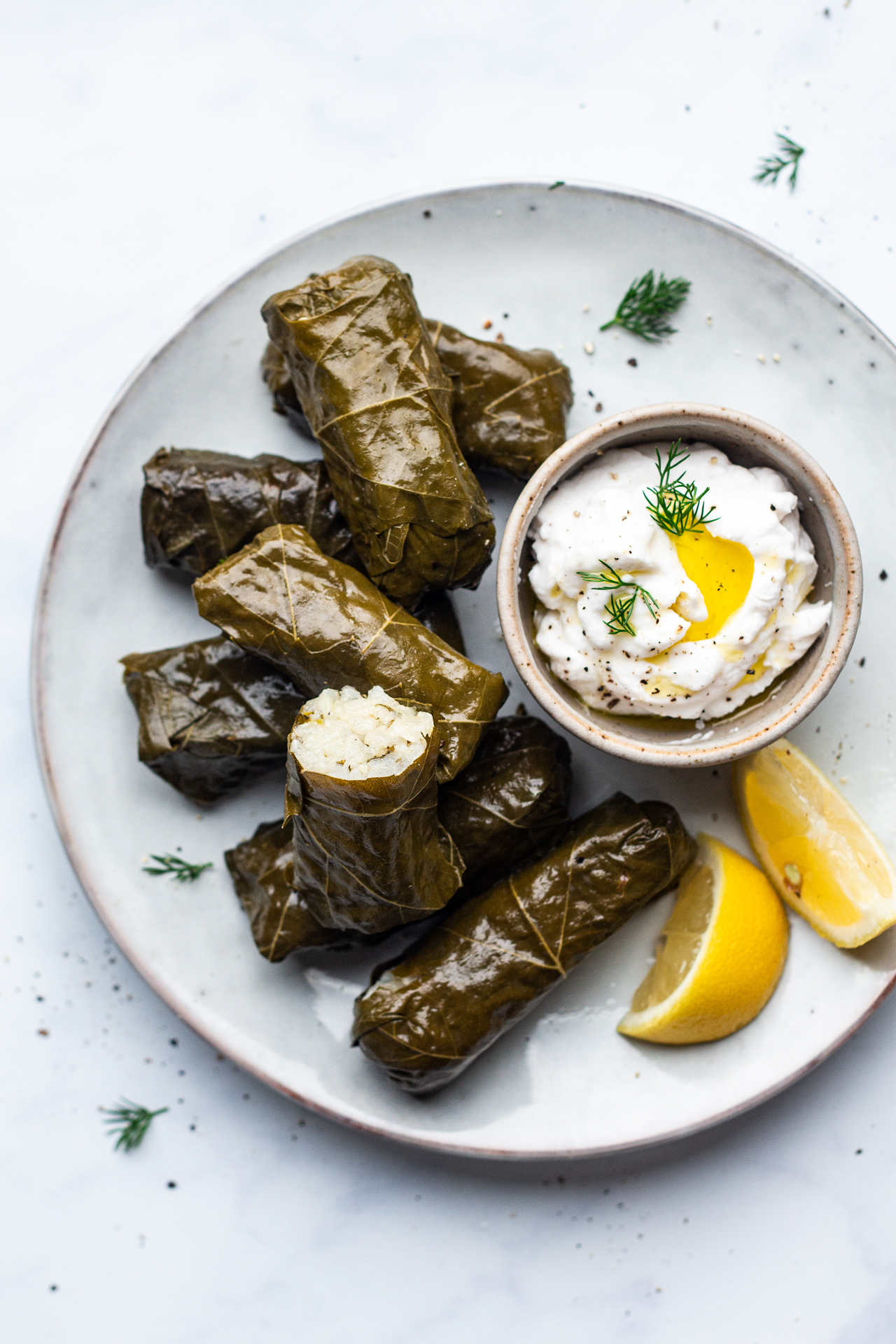Okonomiyaki, also known as Japanese vegetable pancakes, is a popular dish that originated from the Kansai and Hiroshima regions of Japan. This savory and versatile dish has gained popularity worldwide due to its delicious flavors and customizable ingredients. While there are various versions of okonomiyaki, the basic recipe consists of a batter made with flour, eggs, cabbage, and various toppings. In this article, we will dive into the traditional Japanese vegetable pancake recipe and explore its rich history and variations.
A Brief History of Okonomiyaki
The Origins of Okonomiyaki
The word "okonomiyaki" translates to "grilled as you like it" in Japanese, which perfectly describes the dish's customizable nature. It is believed that okonomiyaki was first created during the Edo period in Japan, where it was made with simple ingredients such as flour, water, and cabbage. However, it wasn't until the post-war period that okonomiyaki gained popularity and evolved into the dish we know today.
The Influence of Hiroshima and Osaka
Two regions in Japan, Hiroshima and Osaka, are known for their unique styles of okonomiyaki. In Hiroshima, the pancake is made by layering the batter and fillings, including noodles, pork, and egg, on a hot grill. On the other hand, Osaka-style okonomiyaki is made by mixing all the ingredients together and cooking them on a griddle. Both versions are equally delicious and have their own loyal fan base.
The Traditional Japanese Vegetable Pancake Recipe
The Batter
The base of any okonomiyaki is a batter made with flour, eggs, and dashi (Japanese broth). Some variations also add grated yam or nagaimo, which gives the pancake a slightly chewy texture. The batter should be thick but pourable, similar to pancake batter.
The Vegetables
The most commonly used vegetable in okonomiyaki is cabbage, which adds a nice crunch to the dish. However, you can also add other vegetables such as carrots, green onions, and bean sprouts, depending on your preference. It's recommended to thinly slice or shred the vegetables for easier cooking.
The Toppings
The toppings for okonomiyaki are where you can get creative and add your favorite ingredients. The most popular toppings include pork belly, shrimp, squid, and cheese. Some people also like to add bonito flakes, aonori (seaweed flakes), and okonomiyaki sauce, a sweet and savory sauce made with Worcestershire sauce, soy sauce, and sugar.
The Cooking Process
To make the perfect okonomiyaki, you will need a hot griddle or pan. Start by heating up the griddle and adding oil. Then, pour the batter onto the griddle and spread it out into a round shape. Add the vegetables and any protein of your choice on top of the batter. Once the bottom is golden brown, flip the pancake over and cook the other side. Finally, add the toppings and cook until they are heated through.
In conclusion, okonomiyaki is a delicious and customizable dish with a rich history in Japanese cuisine. Whether you prefer the traditional recipe or want to add your own twist, this vegetable pancake is a must-try for any food lover. So why not gather your ingredients and give this Japanese favorite a try? Your taste buds will thank you.
HTML Code:
A Brief History of Okonomiyaki
The Origins of Okonomiyaki
The word "okonomiyaki" translates to "grilled as you like it" in Japanese, which perfectly describes the dish's customizable nature. It is believed that okonomiyaki was first created during the Edo period in Japan, where it was made with simple ingredients such as flour, water, and cabbage. However, it wasn't until the post-war period that okonomiyaki gained popularity and evolved into the dish we know today.
The Influence of Hiroshima and Osaka
Two regions in Japan, Hiroshima and Osaka, are known for their unique styles of okonomiyaki. In Hiroshima, the pancake is made by layering the batter and fillings, including noodles, pork, and egg, on a hot grill. On the other hand, Osaka-style okonomiyaki is made by mixing all the ingredients together and cooking them on a griddle. Both versions are equally delicious and have their own loyal fan base.
The Traditional Japanese Vegetable Pancake Recipe
The Batter
The base of any okonomiyaki is a batter made with flour, eggs, and dashi (Japanese broth). Some variations also add grated yam or nagaimo, which gives the pancake a slightly chewy texture. The batter should be thick but pourable, similar to pancake batter.
The Vegetables
The most commonly used vegetable in okonomiyaki is cabbage, which adds a nice crunch to the dish. However, you can also add other vegetables such as carrots, green onions, and bean sprouts, depending on your preference. It's recommended to thinly slice or shred the vegetables for easier cooking.
The Toppings
The toppings for okonomiyaki are where you can get creative and add your favorite ingredients. The most popular toppings include pork belly, shrimp, squid, and cheese. Some people also like to add bonito flakes, aonori (seaweed flakes), and okonomiyaki sauce, a sweet and savory sauce made with Worcestershire sauce, soy sauce, and sugar.
The Cooking Process
To make the perfect okonomiyaki, you will need a hot griddle or pan. Start by heating up the griddle and adding oil. Then, pour the batter onto the griddle and spread it out into a round shape. Add the vegetables and any protein of your choice on top of the batter. Once the bottom is golden brown, flip the pancake over and cook the other side. Finally, add the toppings and cook until they are heated through.
In conclusion, okonomiyaki is a delicious and customizable dish with a rich history in Japanese cuisine. Whether you prefer the traditional recipe or want to add your own twist, this vegetable pancake is a must-try for any food lover. So why not gather your ingredients and give this Japanese favorite a try? Your taste buds will thank you.

